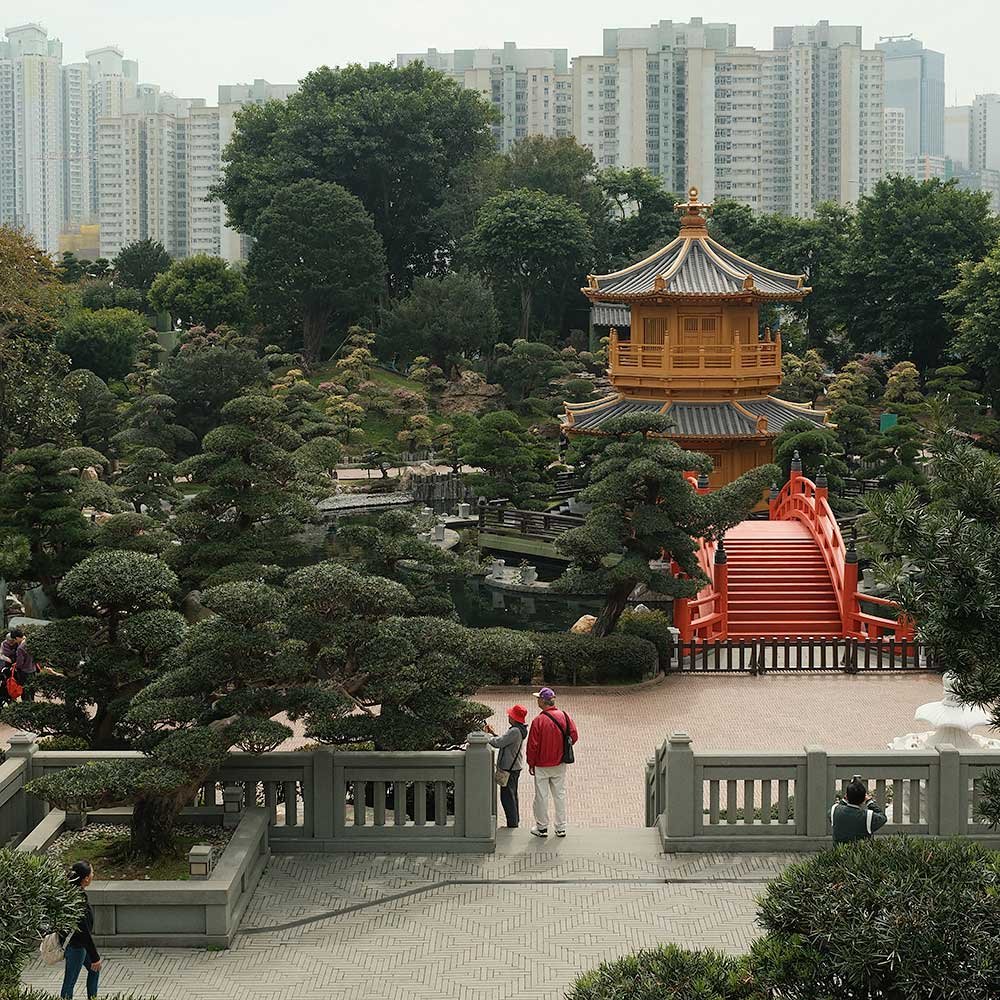This post is also available in:
![]() Nederlands (Dutch)
Nederlands (Dutch)
Table of Contents
Budapest is a fantastic destination for a city trip in Europe. It reminds me of cities like Paris or Vienna, with beautiful streets full of impressive architecture, a fascinating history, and a rich cultural scene. But what makes Budapest truly special for me is how all that is combined with a creative, edgy vibe such as the popular ruin bars and lots of street art.
I traveled to Budapest for a long weekend (Friday through Monday), which is perfect if you’re visiting the city for the first time. In this post, I’m sharing all my favorite things to do in Budapest. At the end, you’ll also find some useful travel tips that can be helpful if this is your first visit.
Budapest: Two sides, one city
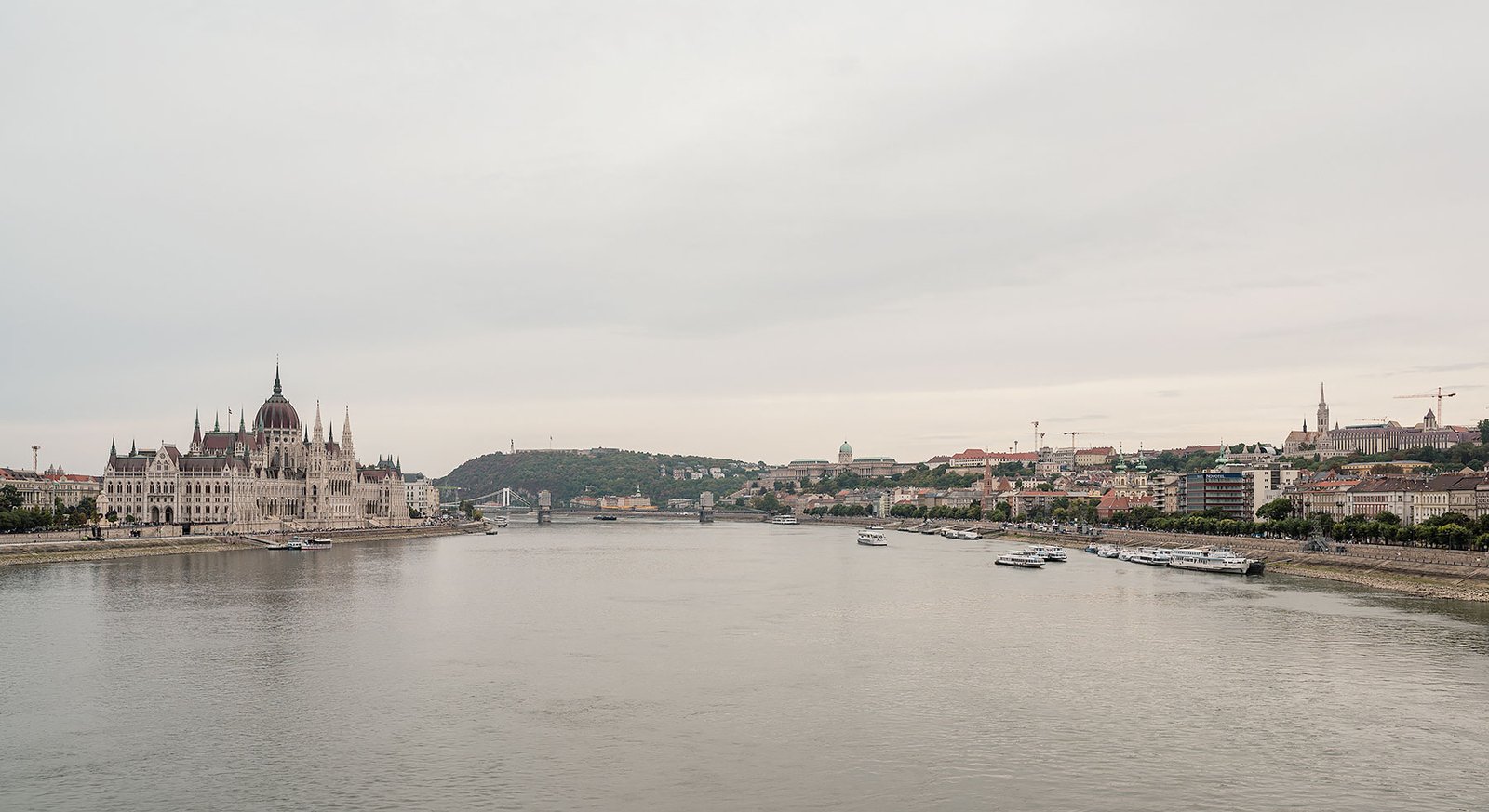
Budapest is actually made up of two parts, separated by the Danube River. On the west side is hilly Buda, home to Fisherman’s Bastion, the Castle, and impressive views of the city. On the east side, you’ll find flat and bustling Pest, where most of the museums, shops, restaurants, and the Parliament building are located. Until 1873, Buda and Pest were two separate cities. It wasn’t until then that they were officially merged (together with Óbuda) into one capital: Budapest.
1. Fisherman’s Bastion – The best view over the Danube
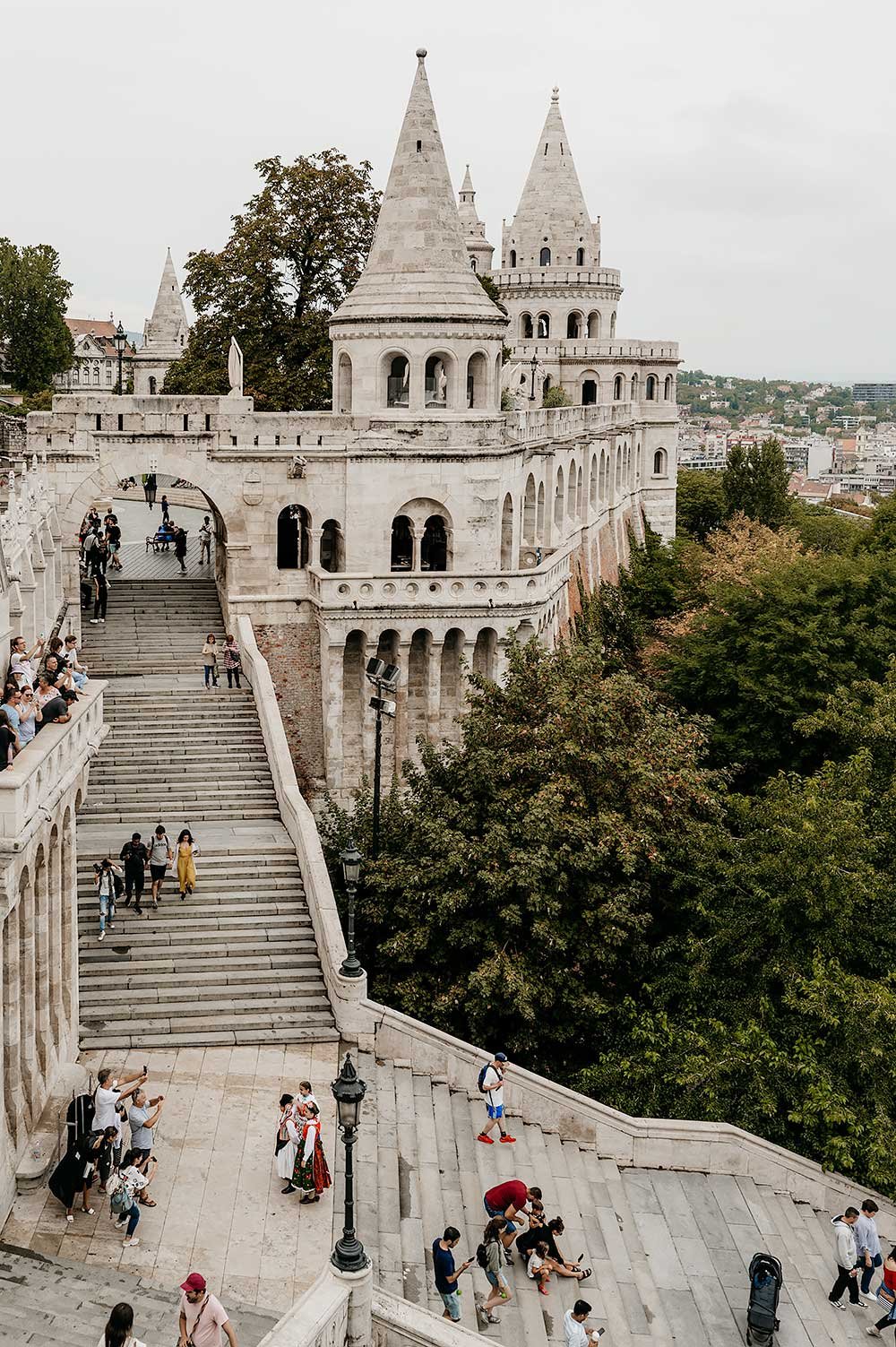
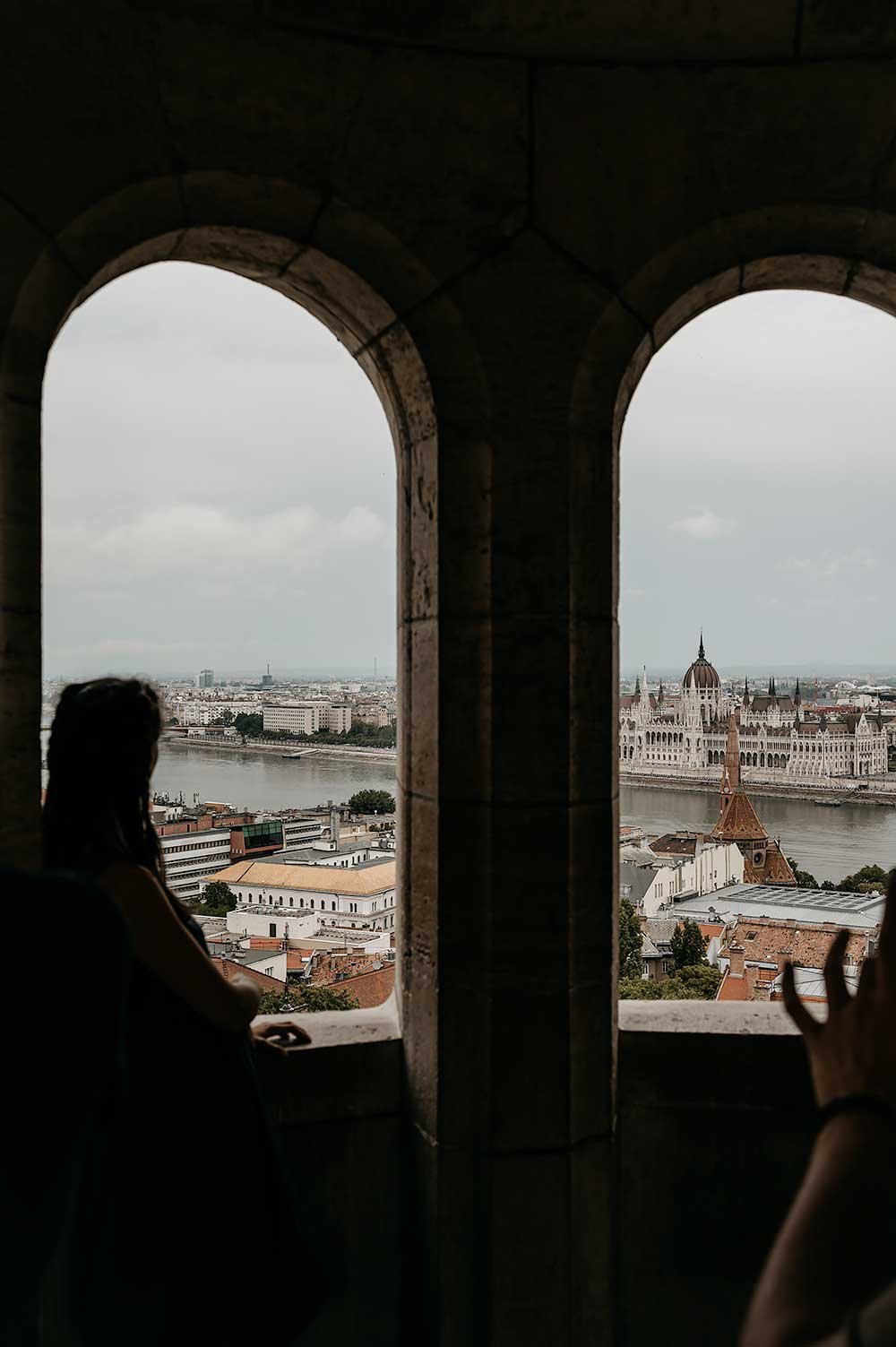
If there’s one landmark in Budapest you absolutely shouldn’t miss on your first visit, it’s Fisherman’s Bastion. Perched on Castle Hill, this strikingly photogenic spot is one of the city’s best viewpoints. From the white, fairy-tale-like structure, you get a panoramic view over the Danube, the Chain Bridge, and the stunning Parliament building.
It was built at the end of the 19th century to celebrate 1,000 years of the Hungarian state. The origin of the name is still unclear. Some say it’s named after the fishermen’s guild that defended this part of the city in the Middle Ages (the square it’s on dates back to that time). Others believe it’s simply because fish used to be sold here. In any case, the structure never had a military function.
You definitely won’t be the only tourist here. I visited during the day on a national holiday, which in hindsight wasn’t the best idea. It’s better to go early in the morning or at sunset for a quieter experience and the best light for enjoying the view.
2. The Hungarian Parliament Building – The city’s icon

The neo-Gothic Hungarian Parliament Building on the Pest side of the Danube is the symbol of Budapest. It’s one of the largest parliament buildings in the world (271 meters long), and with its 96-meter-high dome, it’s incredibly impressive—especially when viewed from Fisherman’s Bastion across the river.
They say the interior is just as grand, with ornate ceilings, historic chambers, and the Hungarian crown jewels, which are heavily guarded.
To visit the Parliament, you need to buy a ticket well in advance. You can choose between a 45-minute guided tour (available in English among other languages) or an audio tour (offered in several languages). Tickets tend to sell out quickly and are available at irregular times, which meant I unfortunately couldn’t get one—so be sure to plan ahead.
3. Shoes on the Danube Bank
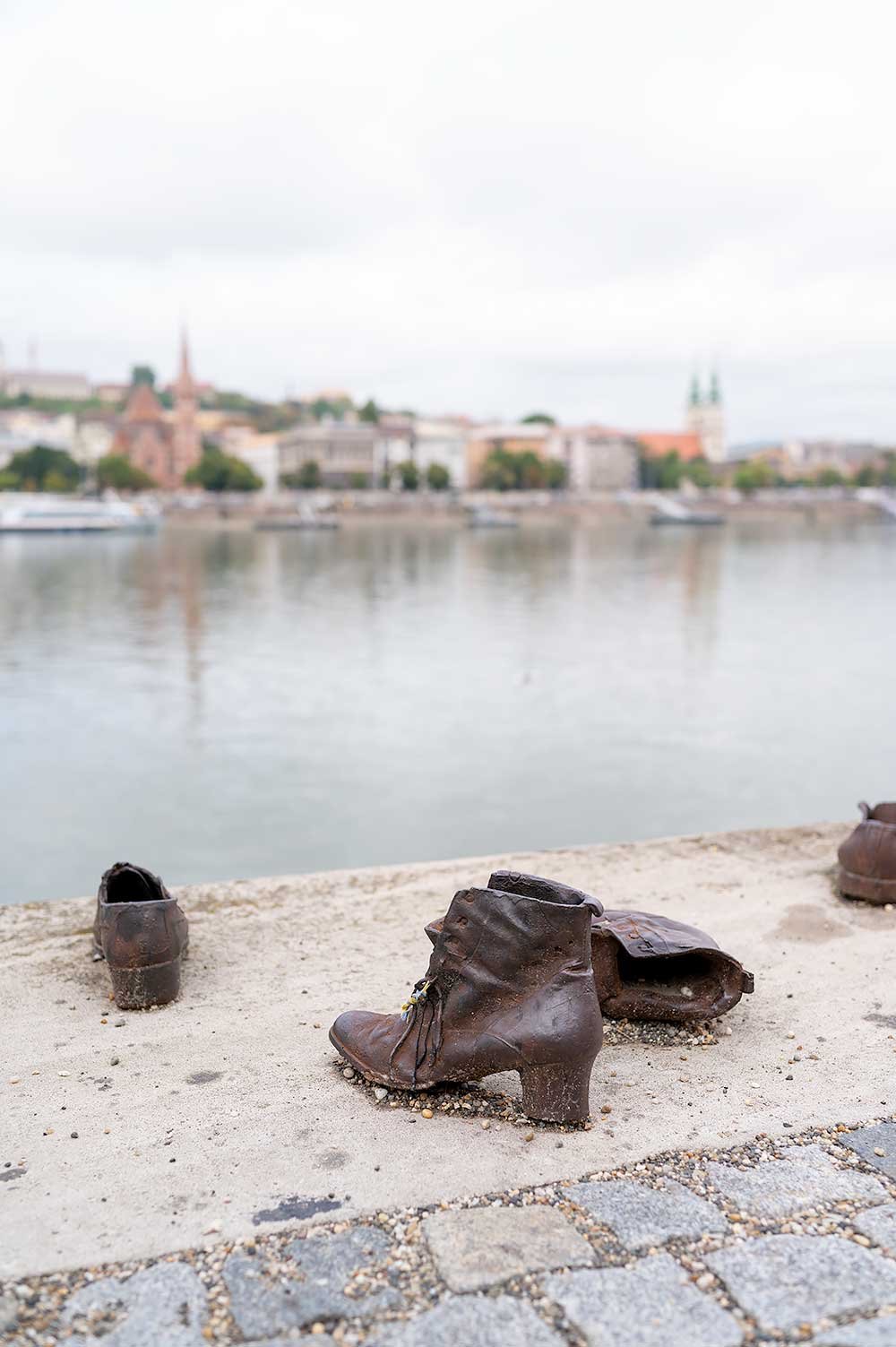
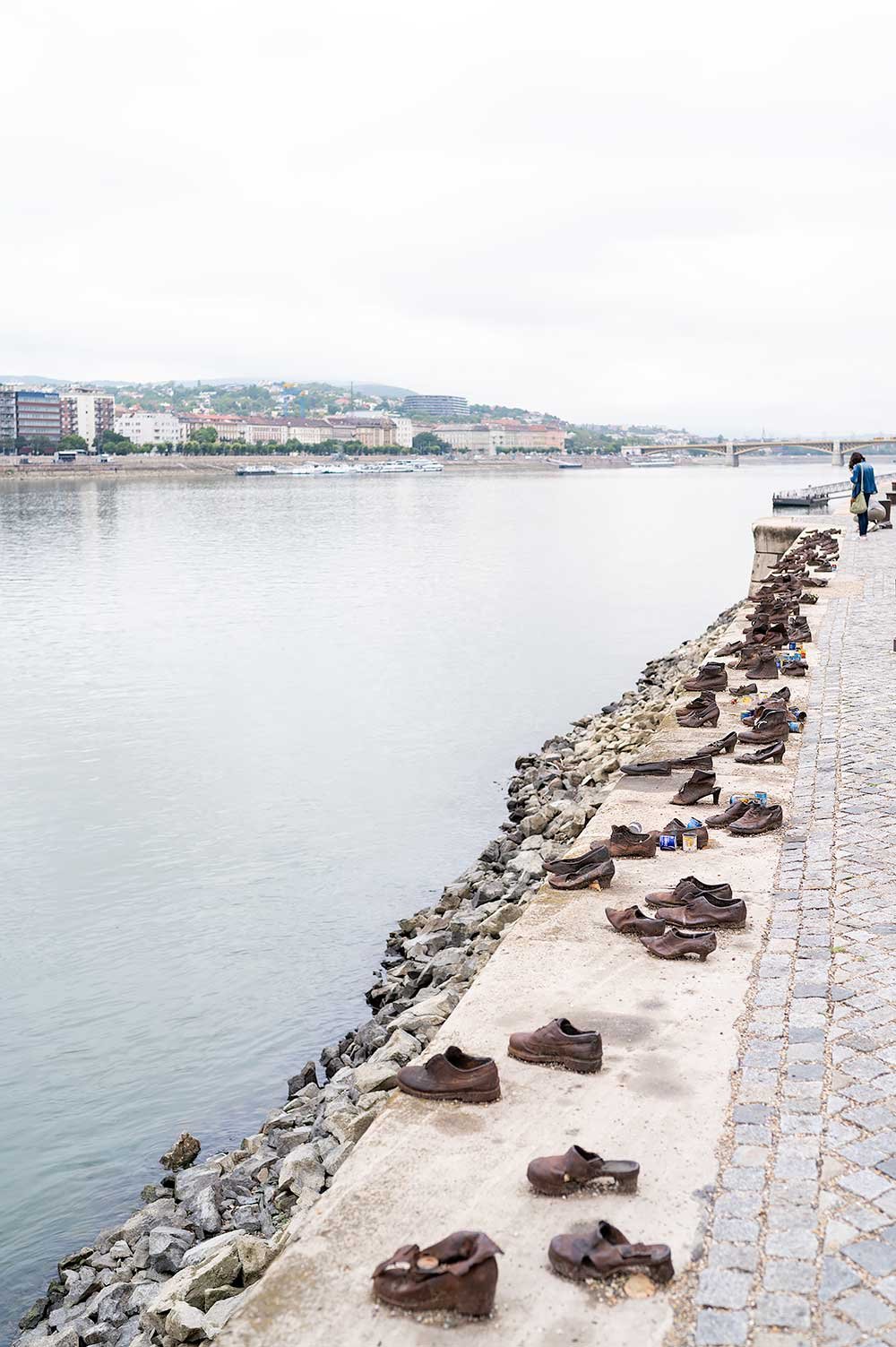
Before or after your visit to the Parliament Building, take a walk along the river to one of the most moving places in the city. The bronze shoes are a memorial to the Jews, Roma, and political opponents who were murdered here along the Danube during World War II. Before they were executed and fell into the river, they were forced to take off their shoes.
4. St. Stephen’s Basilica – Impressive architecture + 360° views
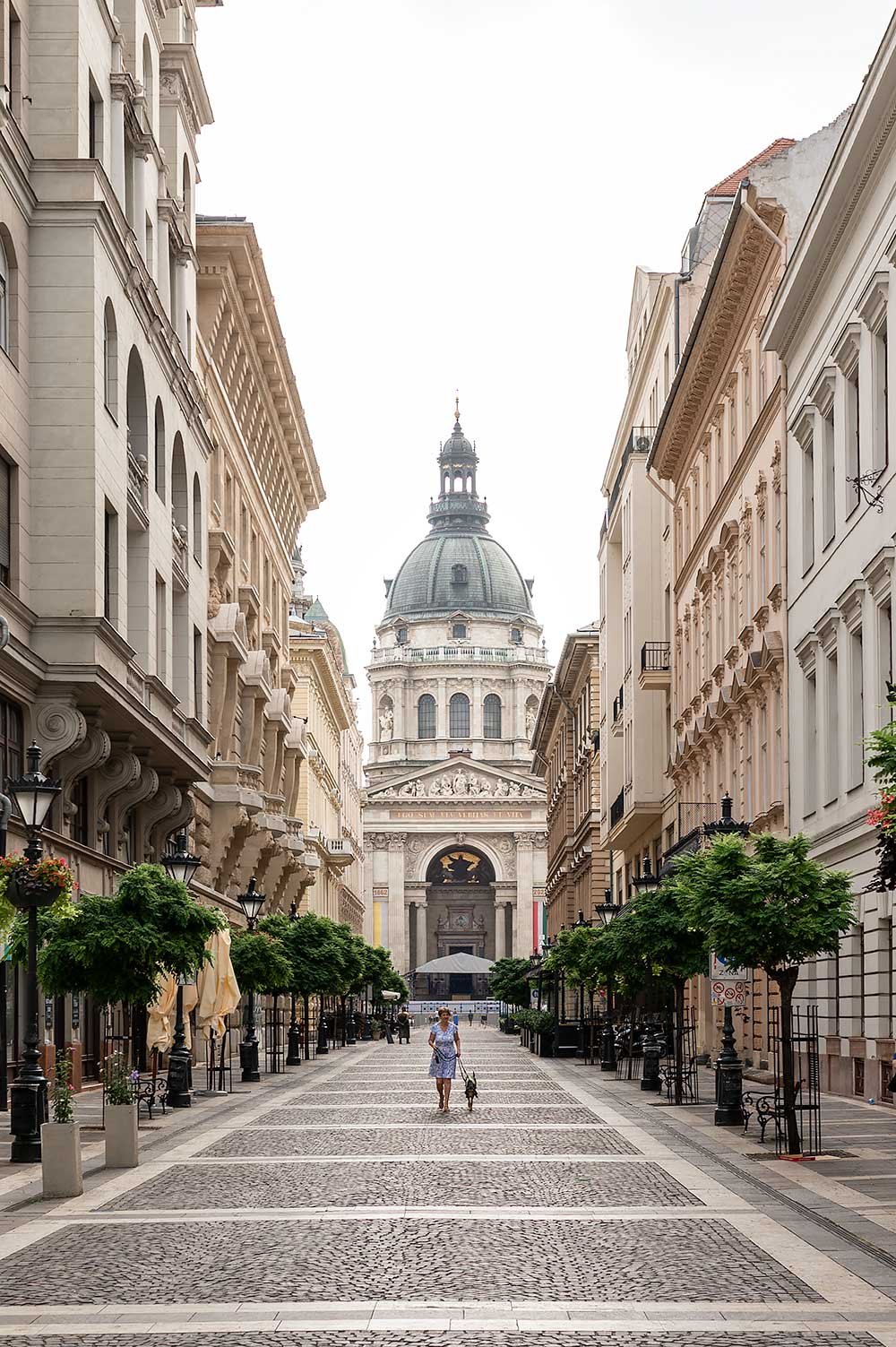
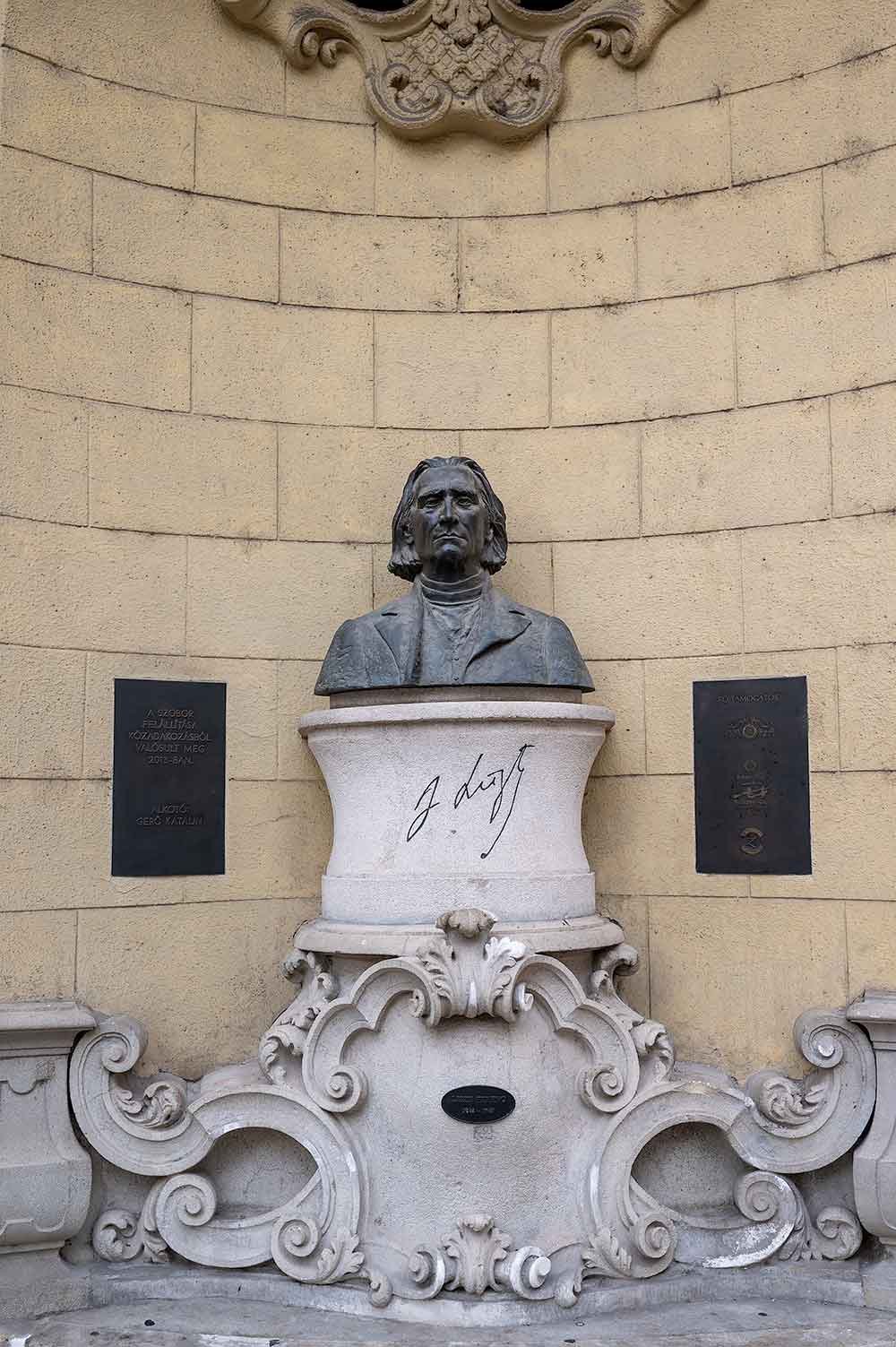
As you walk through Pest, it’s hard to miss St. Stephen’s Basilica. With its towering dome, it’s one of the most impressive buildings you’ll come across. The basilica is named after Stephen I (975–1038), the first king of Hungary. His mummified right hand is kept here.
In addition to the beautifully decorated interior, you can also climb up to the dome for a 360-degree view of the city. Tickets are available online, including options that combine your visit with a classical concert. During my visit it was unfortunately closed because of events around a national holiday, but I’d love to go in next time.
5. Chain Bridge & Liberty Bridge – Two iconic crossings over the Danube
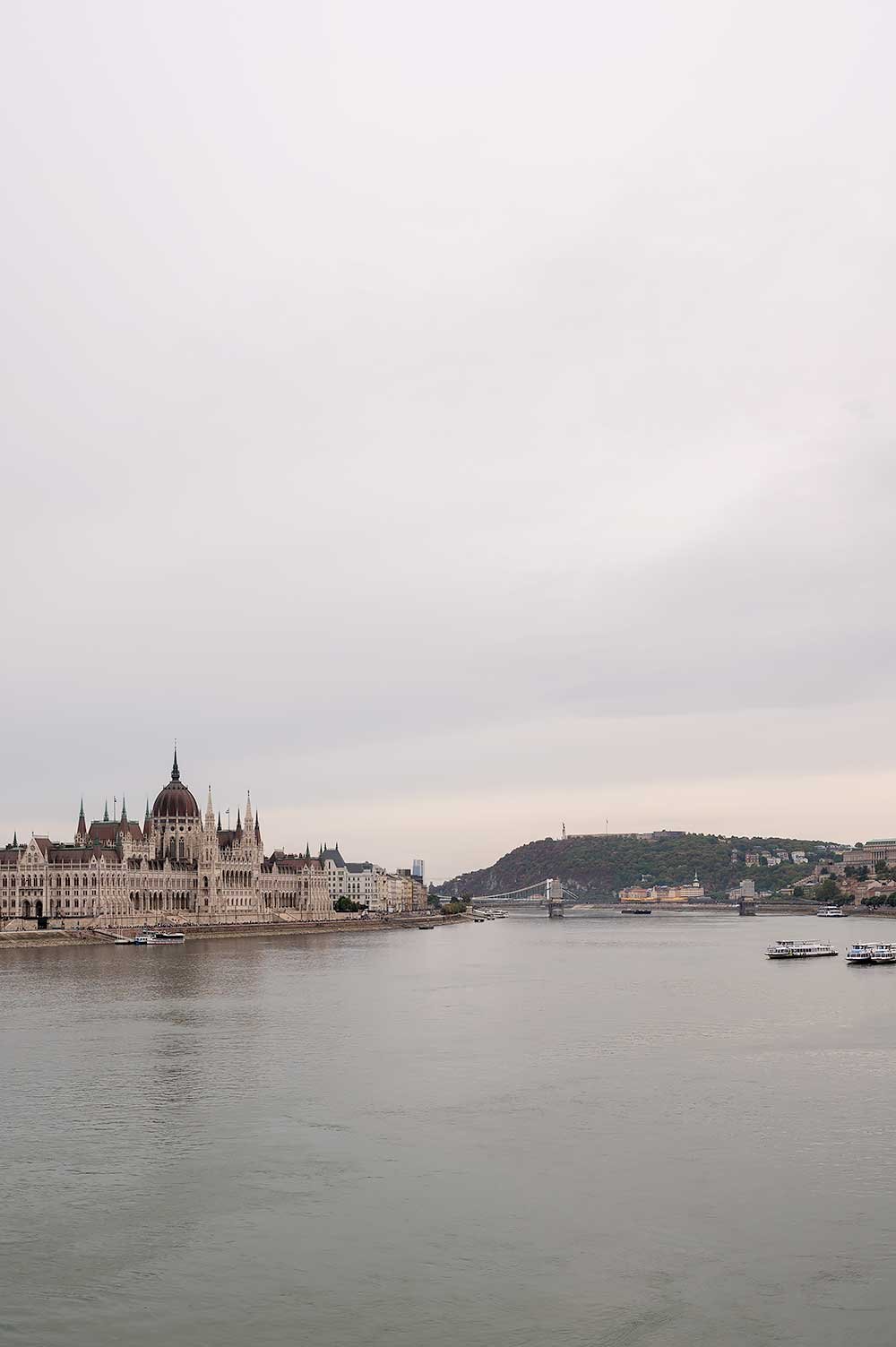
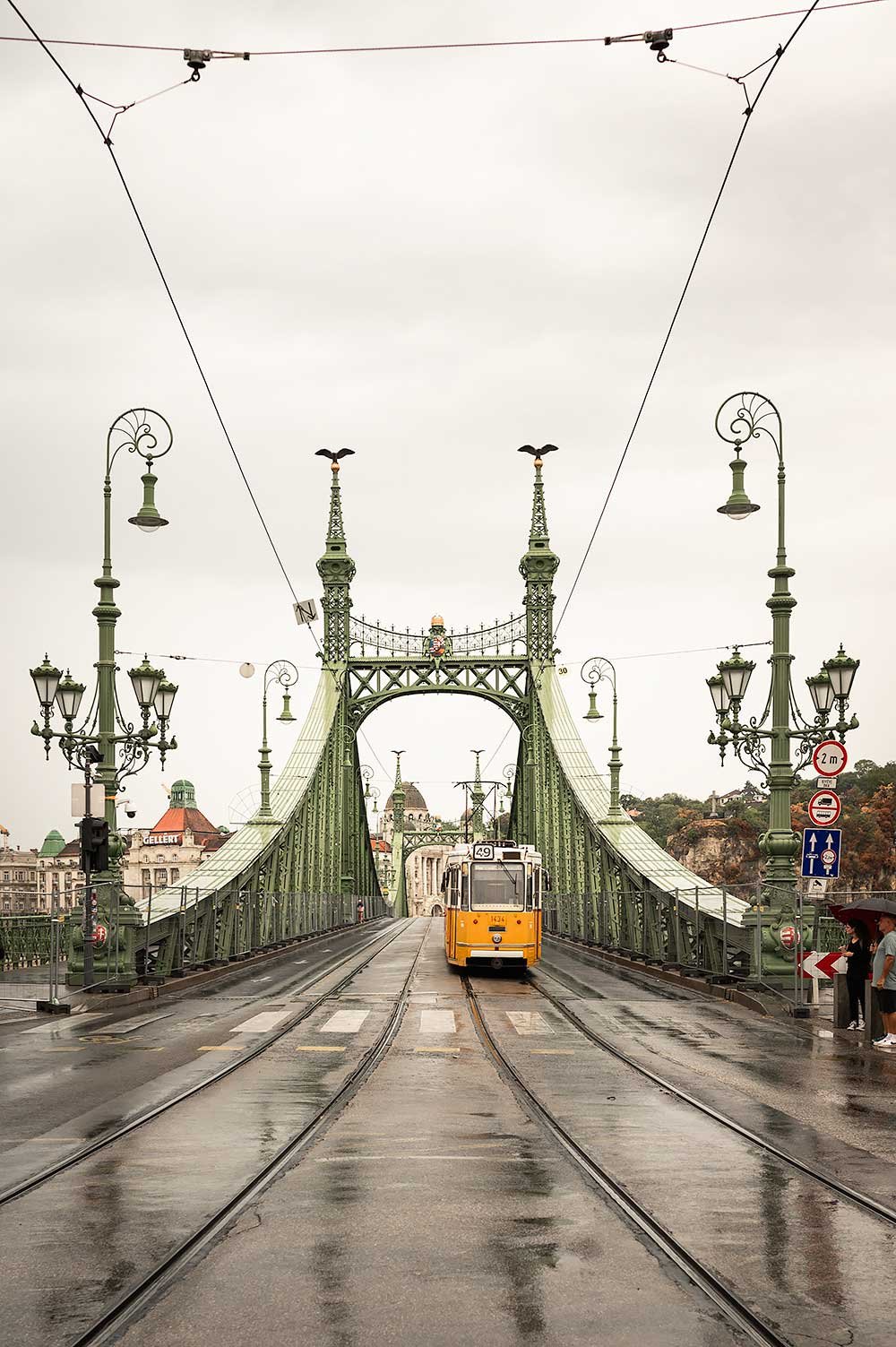
Budapest is closely tied to the Danube, and several bridges connect Buda and Pest. Not only are some of them beautiful to look at, but walking across these bridges is something you should definitely do while in the city.
Two bridges stood out for me: the Chain Bridge and the Liberty Bridge. The Chain Bridge (Széchenyi Lánchíd), built in 1849, is the city’s oldest and most iconic bridge. It has a stately, classic appearance. Unfortunately, it was closed for renovations during my visit. The Liberty Bridge (Szabadság híd) is very different, with its green steel structure and art nouveau details. It’s right next to the Great Market Hall, making it easy to combine the two.
6. Great Market Hall – Sample and buy Hungarian products
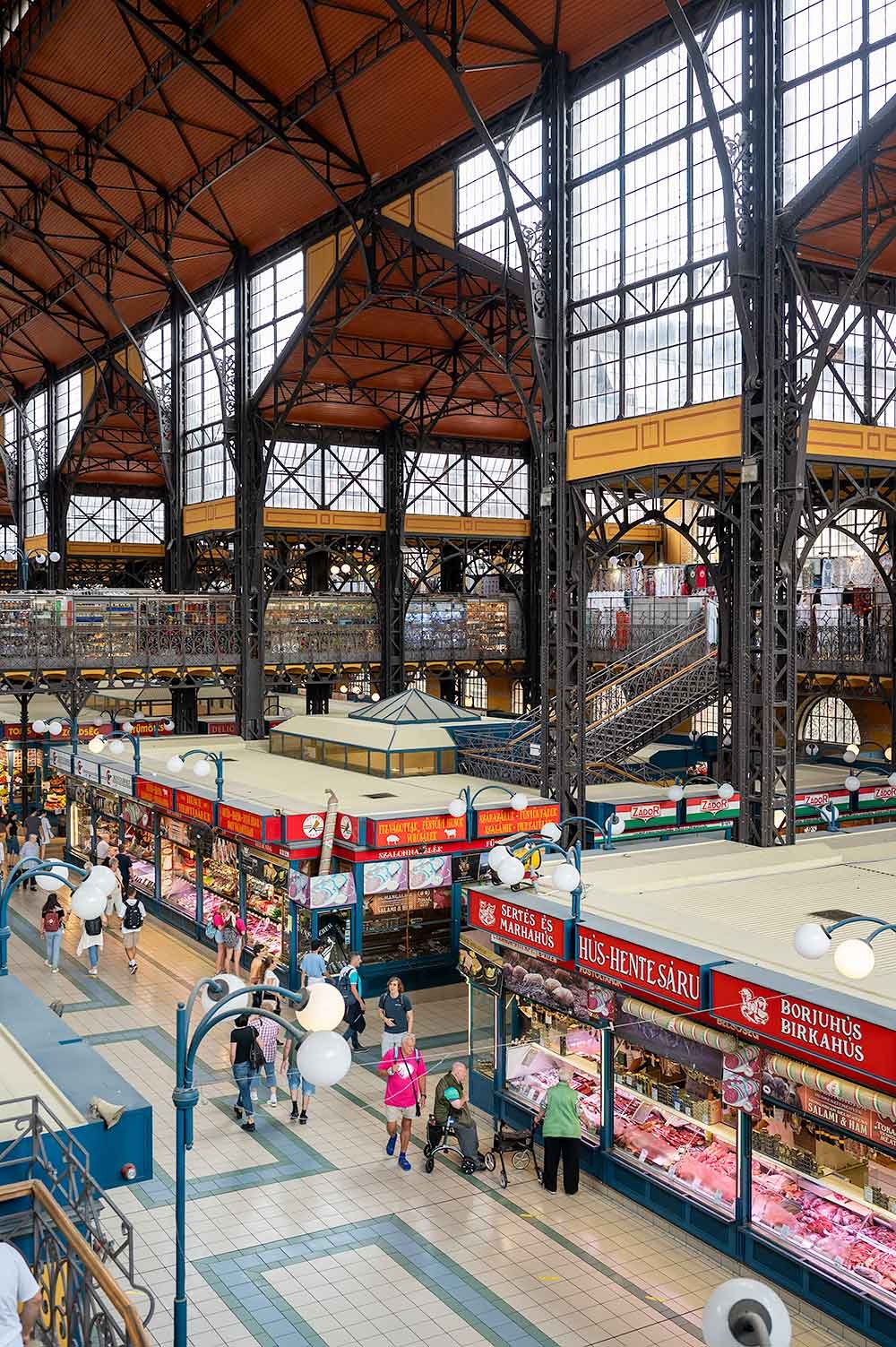
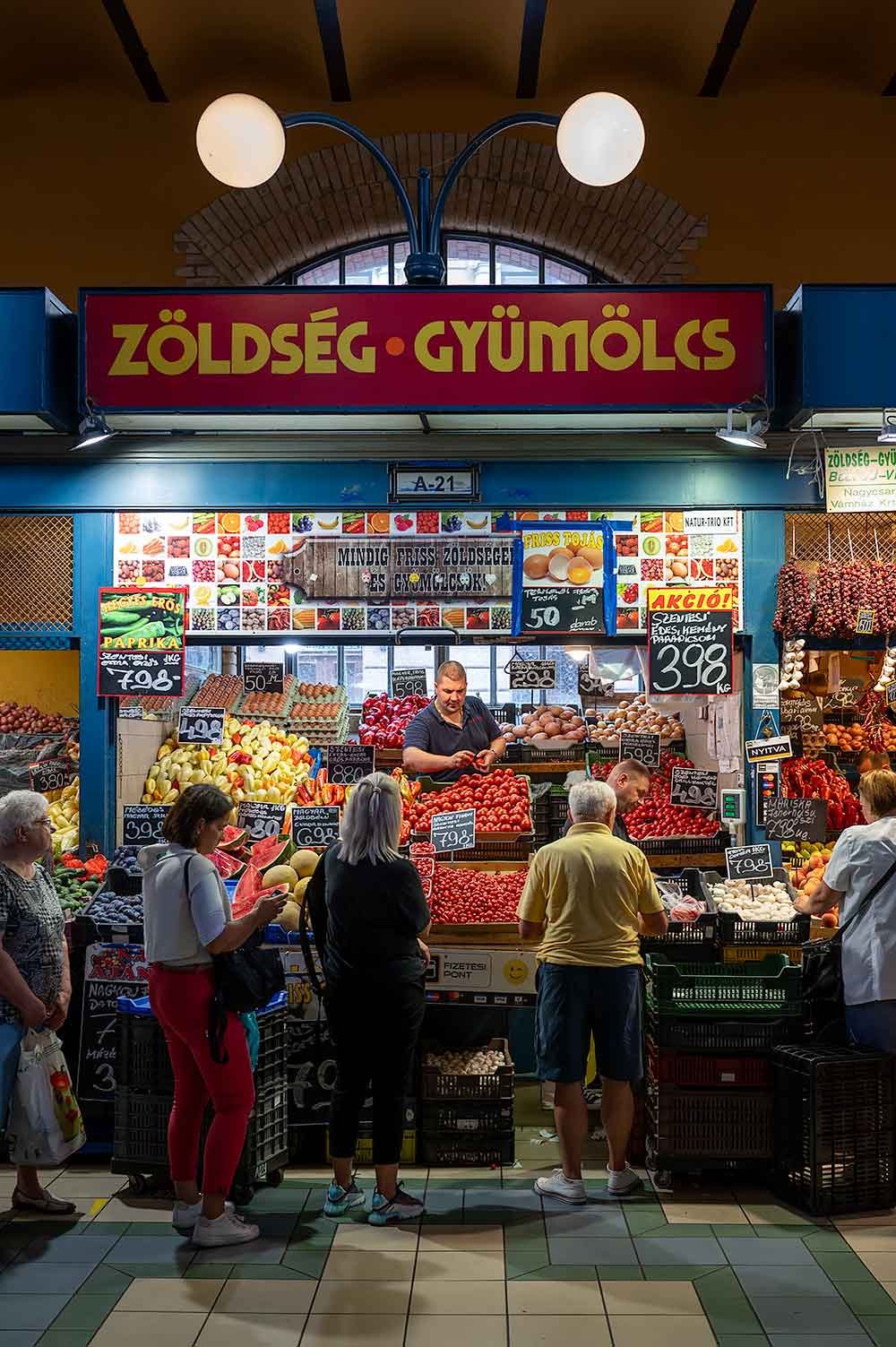
Every travel guide or article about things to do in Budapest mentions the Great Market Hall (or Central Market Hall). You could say it’s a must-see during your city trip but personally, I found it a bit underwhelming.
The hall itself, with its iron framework and high arches, is certainly impressive. It was built in the late 19th century and is still the largest market in the city. On the ground floor, you’ll find fresh produce, while the upper floor is filled mostly with tourist stalls. If you want to taste and buy traditional Hungarian products, this is definitely the place. But for such a central location, I didn’t find it as lively or interesting as I had hoped. Still, it’s worth stepping inside to see for yourself.
7. Metropolitan Ervin Szabó Library – A hidden gem for book and history lovers
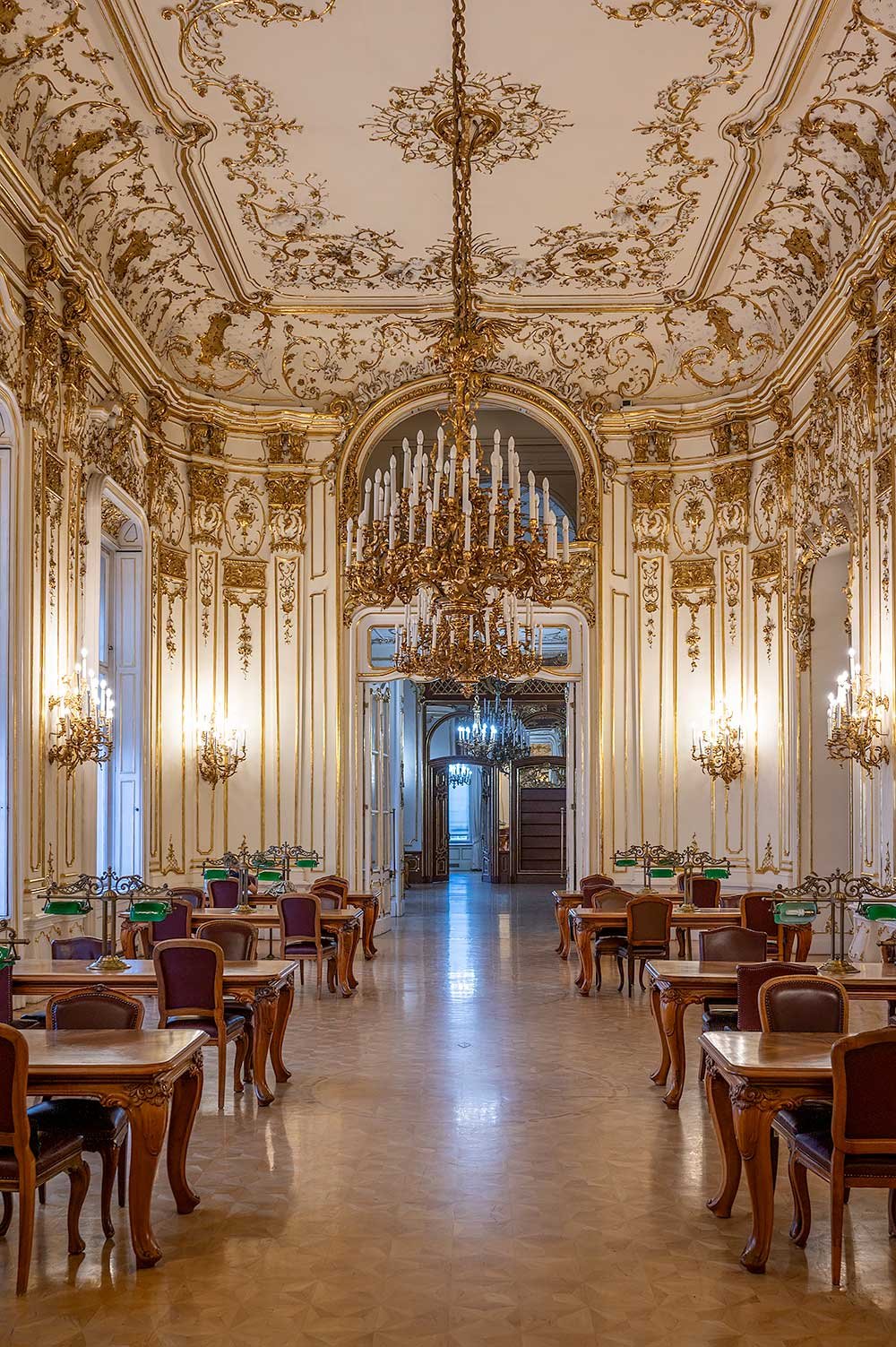
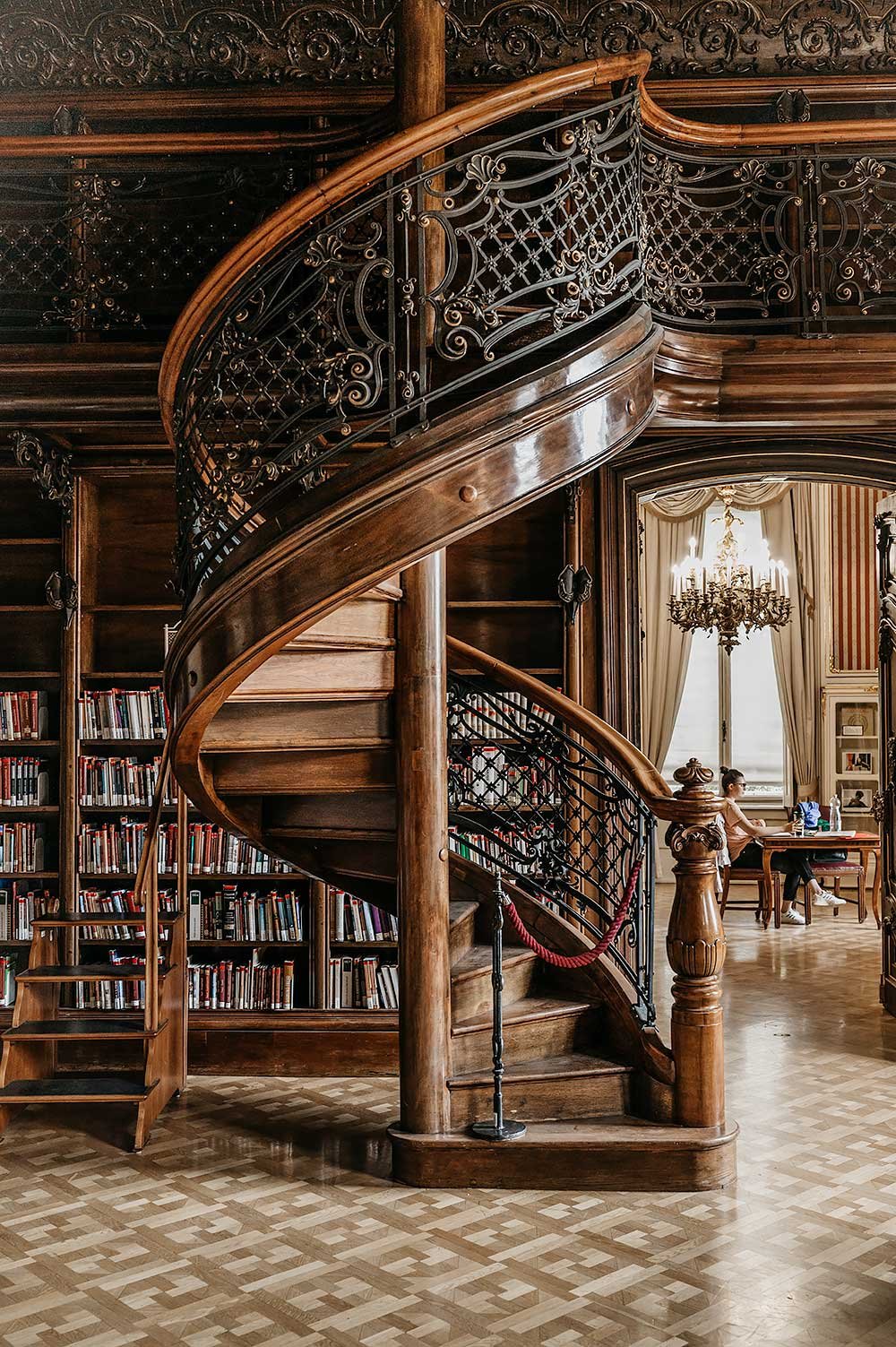
One of the biggest surprises in Budapest for me was the Metropolitan Ervin Szabó Library. At first glance, it looks like an ordinary library until you find yourself walking into a stunning 19th-century palace with reading rooms full of wooden bookcases and chandeliers.
The library has been housed in the Wenckheim Palace since 1931. This neo-baroque building from the 19th century once belonged to an aristocratic family. Today, it’s a modern city library, but several rooms have been preserved in their original style. It feels like walking through a museum—except here, people are studying in what used to be a grand ballroom. Entry is just a few euros.
8. Parisi Passage – One of the best places to visit in Budapest
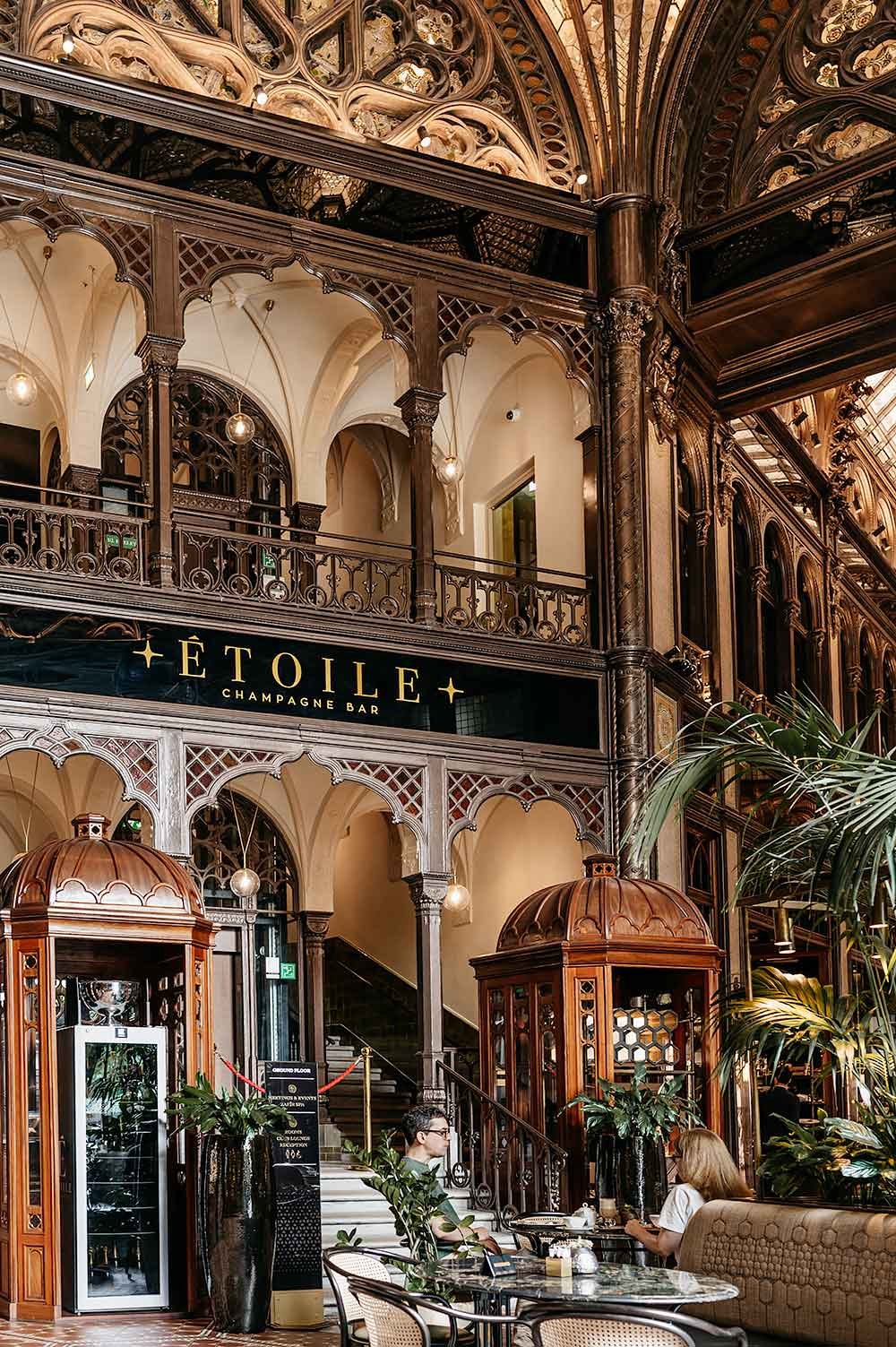
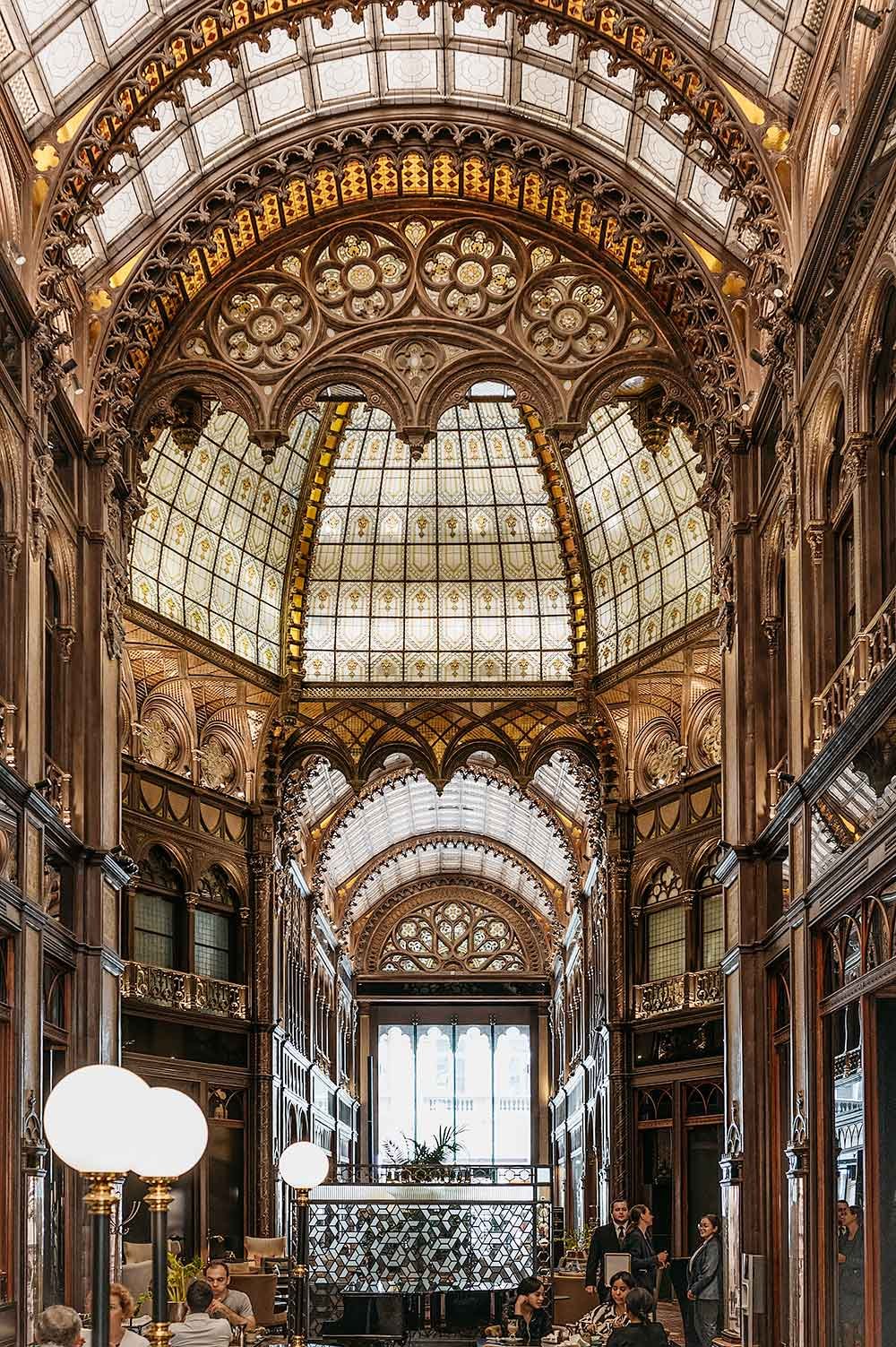
Another place that feels like stepping back in time is the Parisi Passage (Párisi Udvar). This beautiful arcade, full of stained glass, mosaics, and art nouveau details, is now part of a hotel—but you’re free to walk in. I spent an afternoon there enjoying the stunning interior over a cup of tea. Ridiculously expensive, but the setting makes it absolutely worth it.
The passage was built in the early 20th century as an upscale shopping arcade. After years of decay, it was fully restored and reopened in 2019 as part of a luxury hotel. The interior is incredibly elegant and impressive. Definitely worth a quick visit.
9. Szimpla Kert – The famous ruin bar of Budapest
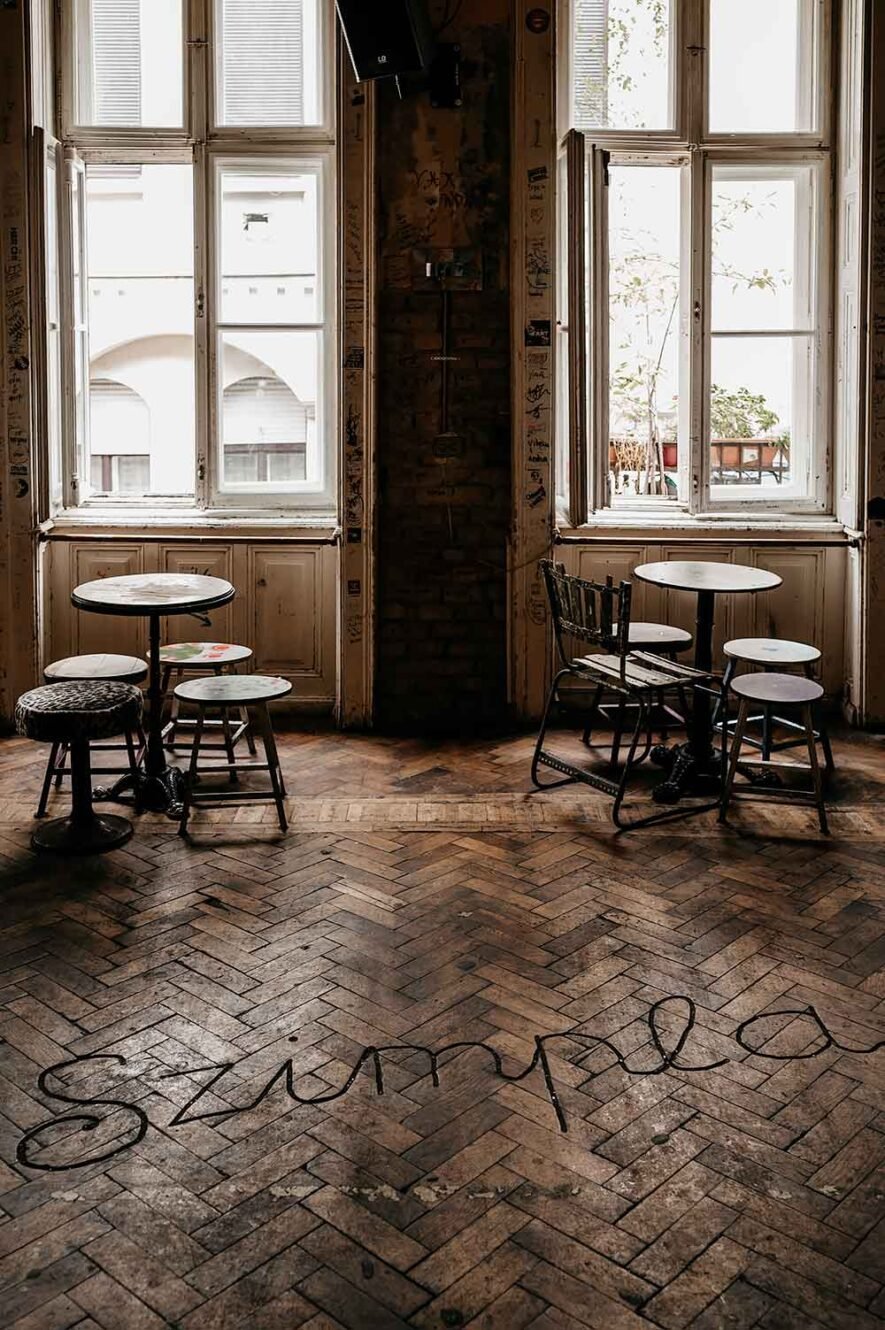
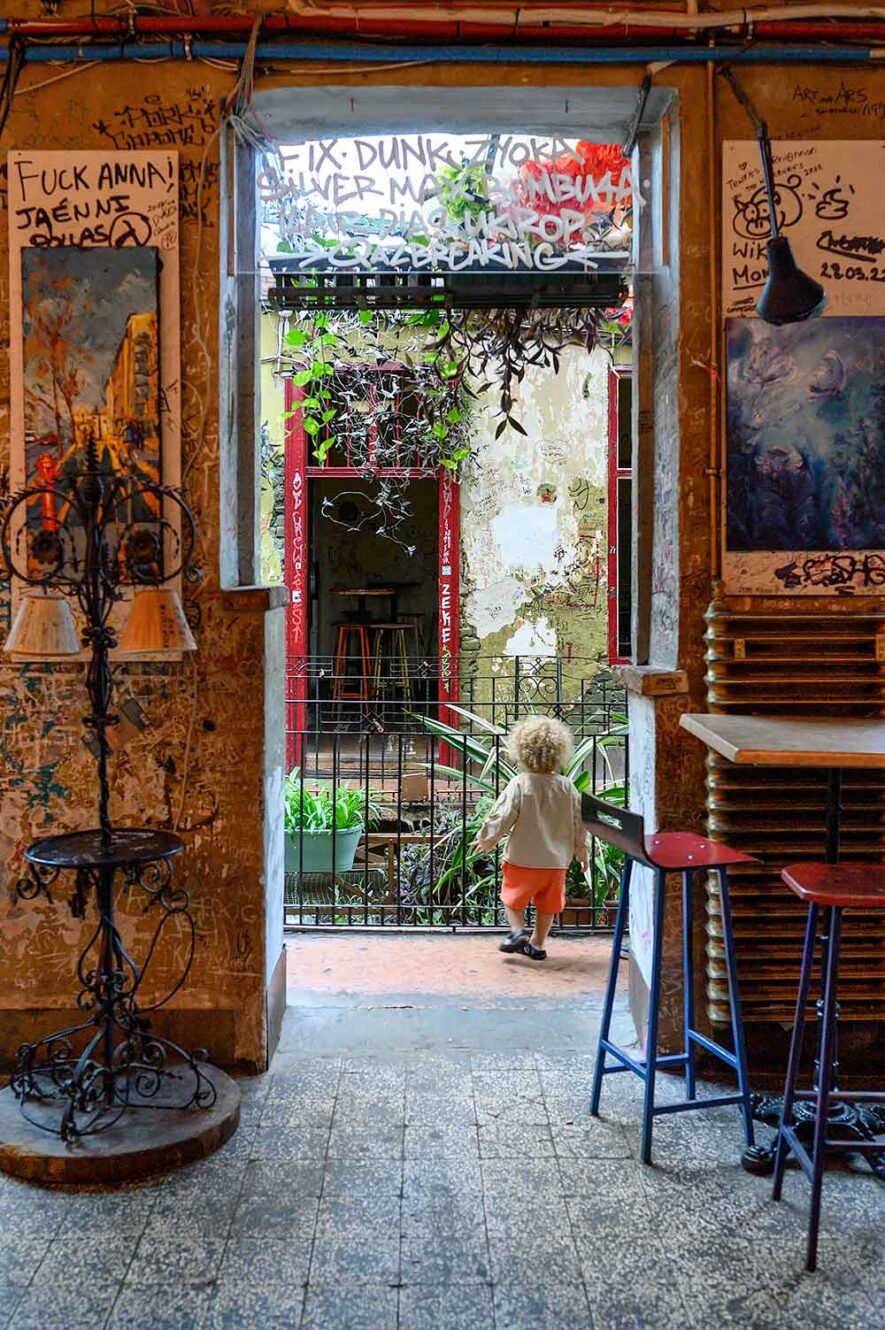
A visit to Budapest isn’t complete without stepping into at least one ruin bar. These unique cafés and bars are located in abandoned, semi-derelict buildings—often former homes or factories—that have been transformed into alternative, vibrant nightlife spots. A bit chaotic, but full of atmosphere, with a fun mix of mismatched furniture, industrial elements, plants, neon lights, and artwork.
The first and most famous ruin bar is Szimpla Kert, located in an old factory in Budapest’s Jewish Quarter. During the day, you can stop by for coffee or lunch. In the evening, it turns into a bar and club, often with live music. I visited on a Sunday morning, when there’s also a small farmers’ market with local products. It’s a really special place to explore. Every room looks completely different. I loved it, one of my favorite things to do in Budapest.
10. Capa Center – For photography enthusiasts
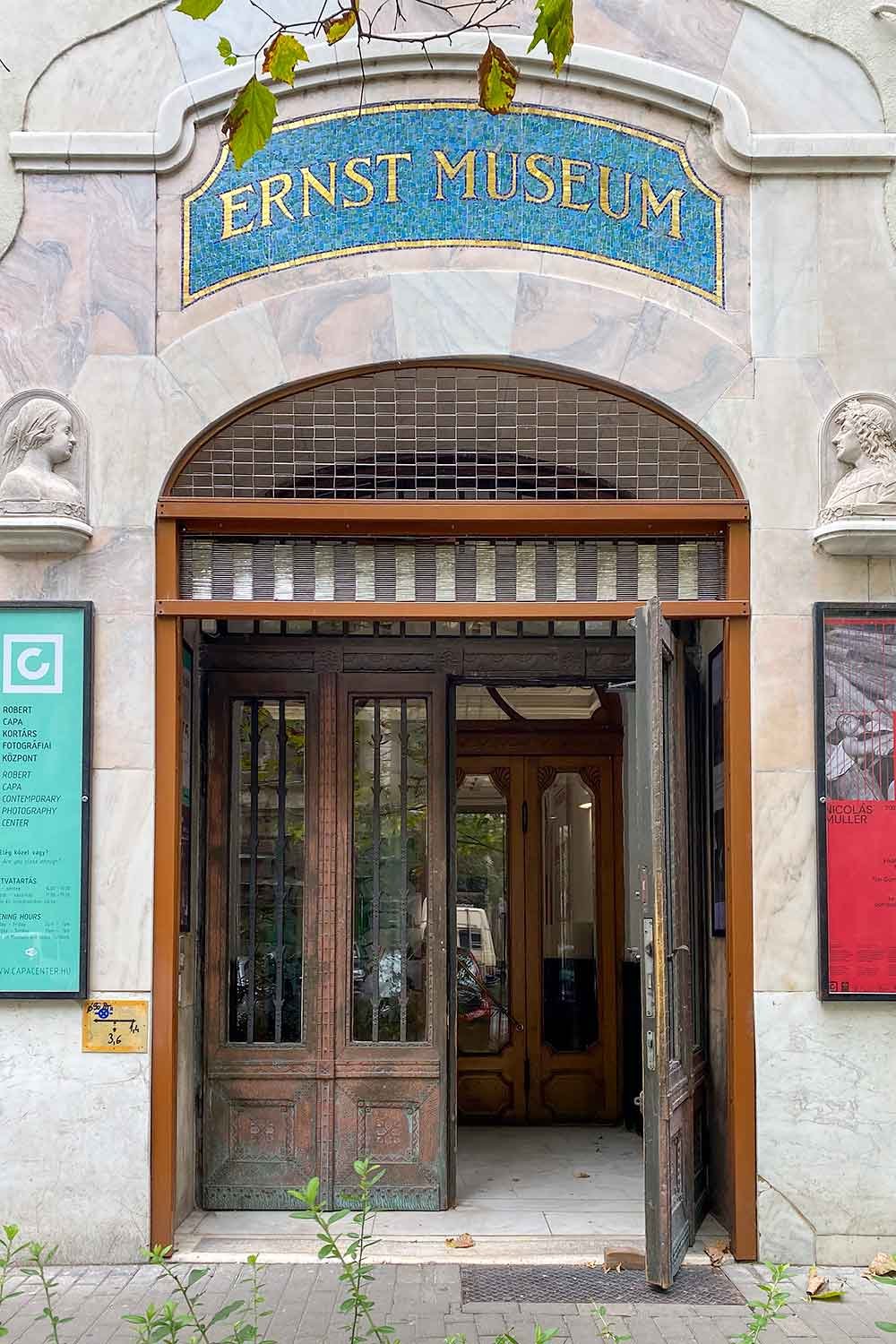
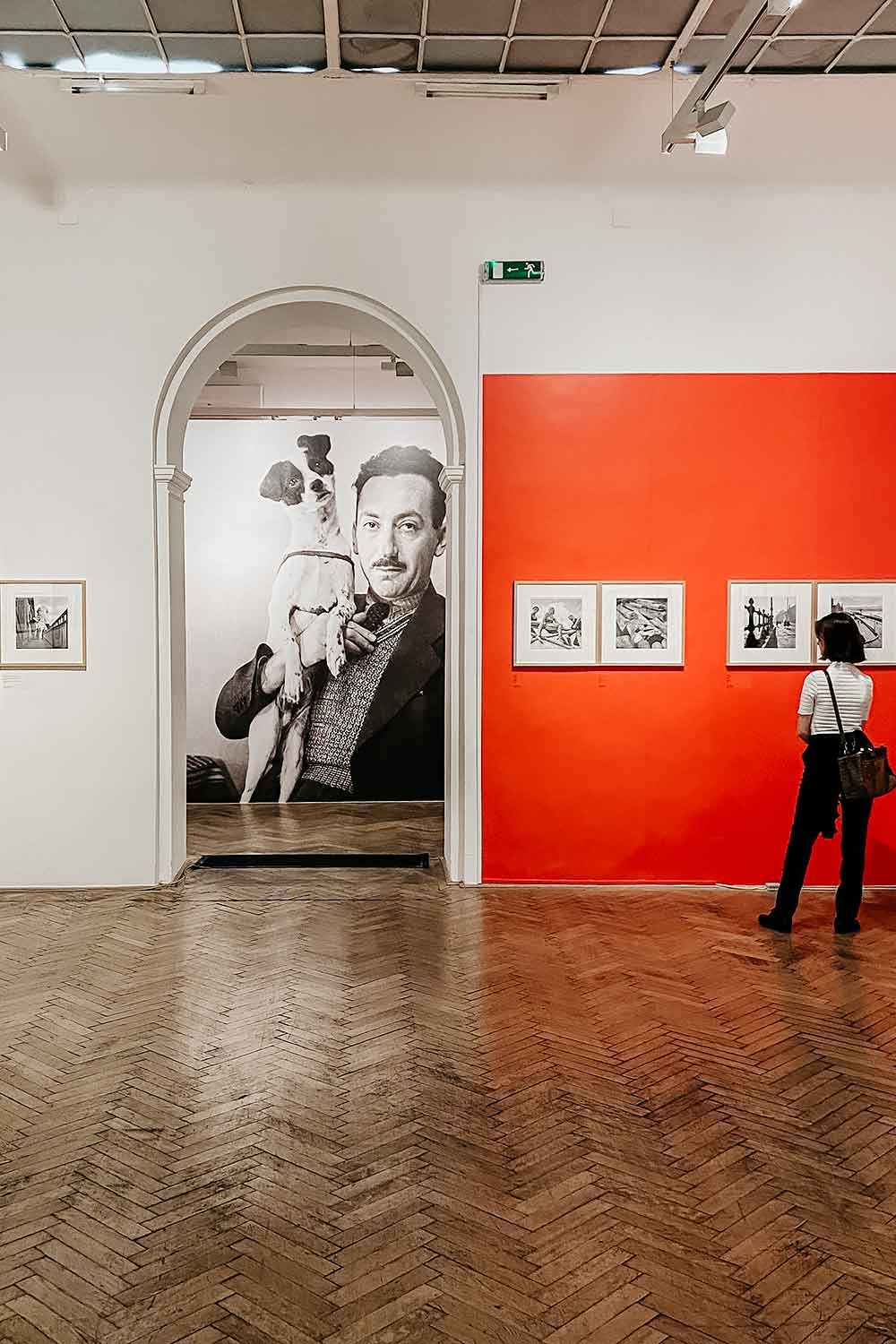
As a photography lover, I was of course familiar with the work of war photographer Robert Capa. What I didn’t know is that he was born in Budapest as Endre Friedmann. The Capa Center, named in his honour, is definitely worth a visit.
Since 2013, it’s been housed in an elegant art nouveau building (formerly home to the Ernst Museum). There’s no permanent collection, but they host rotating exhibitions throughout the year featuring both Hungarian and international photographers.
11. Tram 2 – Sightseeing by public transport
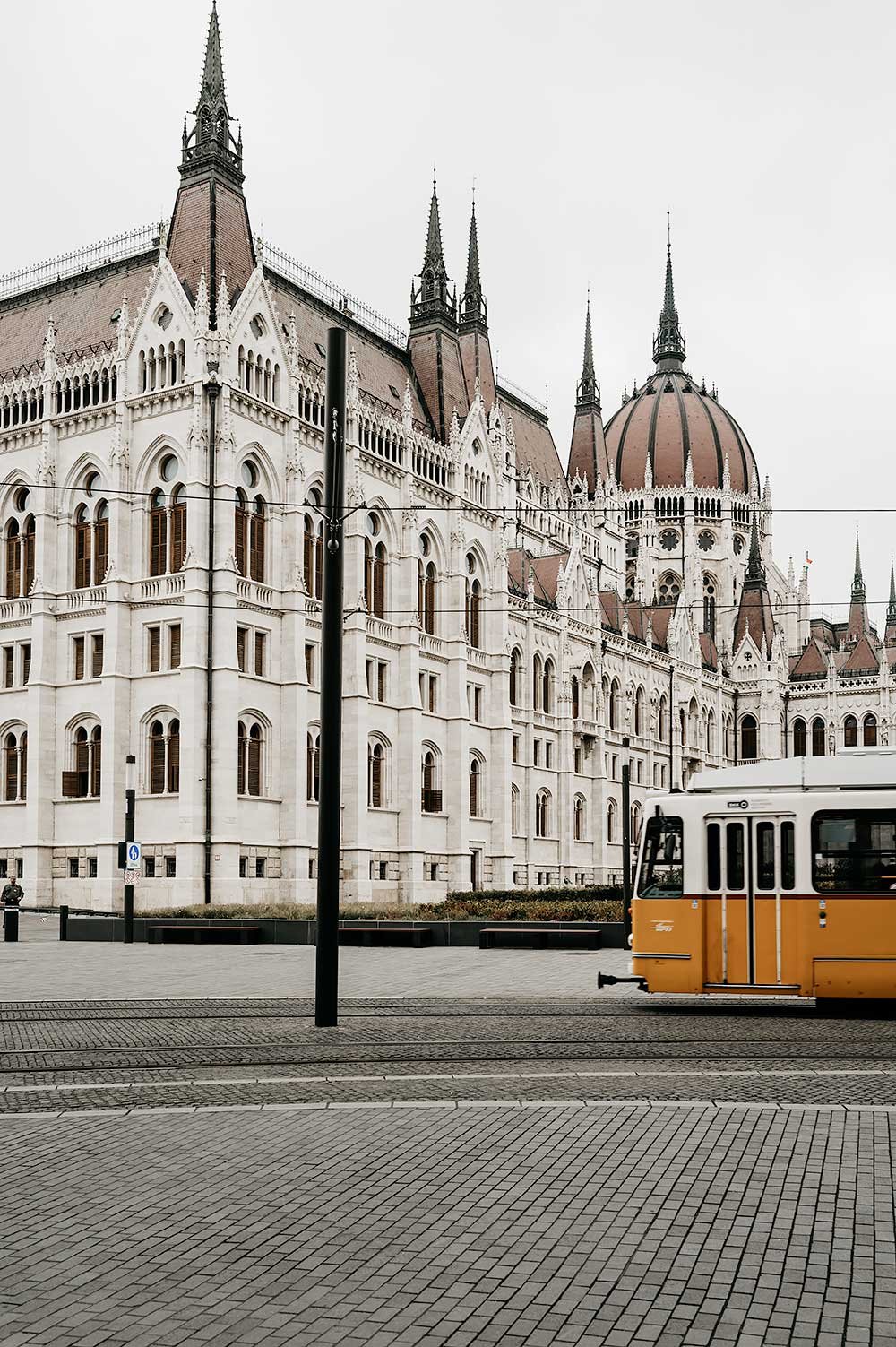
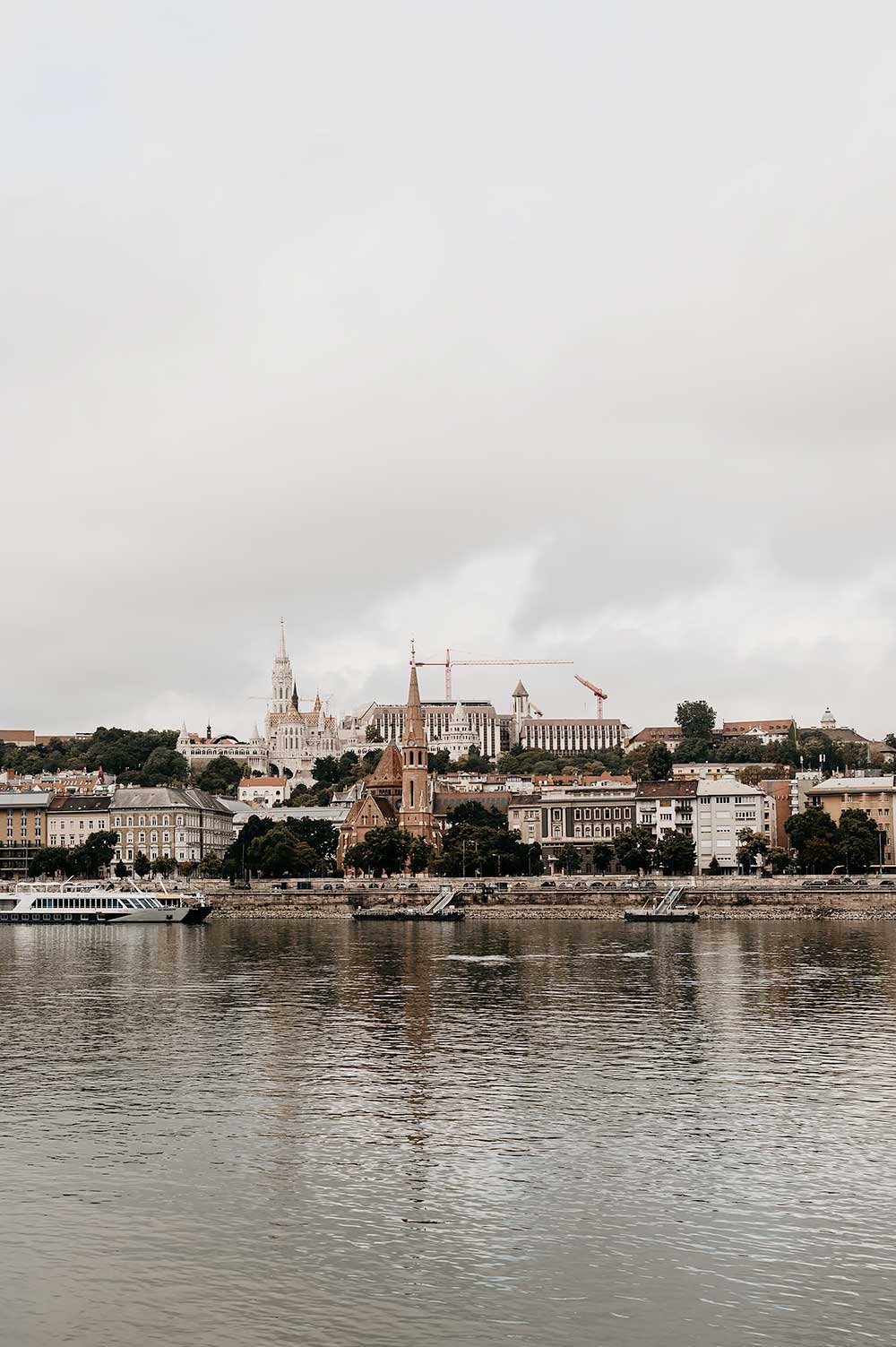
Tram line 2 does what all other trams in the city do: it takes you from A to B and is part of Budapest’s public transport network. But what makes Tram 2 special is that this classic yellow tram runs along the Pest side of the Danube, offering great views of the Parliament, the Chain Bridge, Castle Hill, and the Citadel across the river. If you don’t feel like (or don’t have time for) walking everywhere, a ride on tram 2 is a perfect way to still see a lot of the city.
12. M1 metro line – Travel with a bit of history
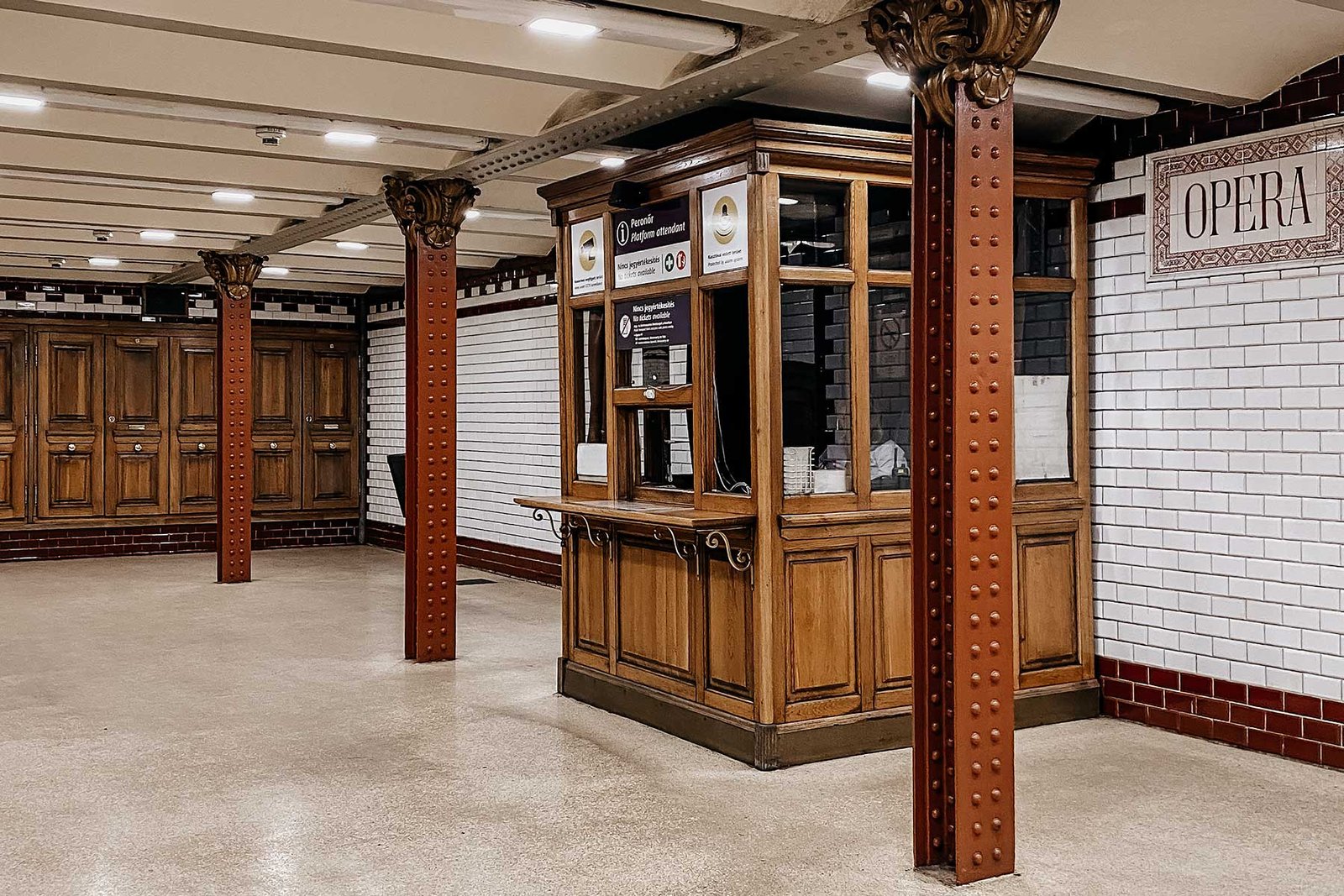
If you’re someone who likes a bit of history with your public transport, you’ll love the M1 metro. This line was opened in 1896 by Emperor Franz Joseph and is the oldest underground metro on the European continent (only the London Underground is older).
The underground platforms have retained much of their original charm: wooden benches, cast-iron railings, white tiled walls, and vintage signage. Very nice to see.
If you’d like to learn more about Budapest’s metro history and see the original trains, hop off at Deák Ferenc tér for a visit to the Millennium Underground Museum.
13. Thermal baths – The most traditional thing to do in Budapest
Although I skipped them during my visit to Budapest, it’s hard to ignore the city’s thermal baths. This might be one of the most iconic things to do in Budapest—a tradition dating back to Roman times. Thanks to its many natural hot springs, the city has dozens of bathhouses where you can relax year-round in pools filled with mineral-rich thermal water, often surrounded by beautiful architecture.
The most famous is the Széchenyi Thermal Bath, with its large outdoor pools in City Park, open even in winter. The Gellért Baths, on the Buda side, are popular for their art nouveau interior and colourful mosaics. Less well-known but just as special are the Rudas Baths. This 16th-century bathhouse—one of the oldest in the city—features an authentic Turkish dome hall and a modern rooftop pool with panoramic views over the Danube. Wait, why did I skip this again…?
Practical travel tips for your city trip to Budapest
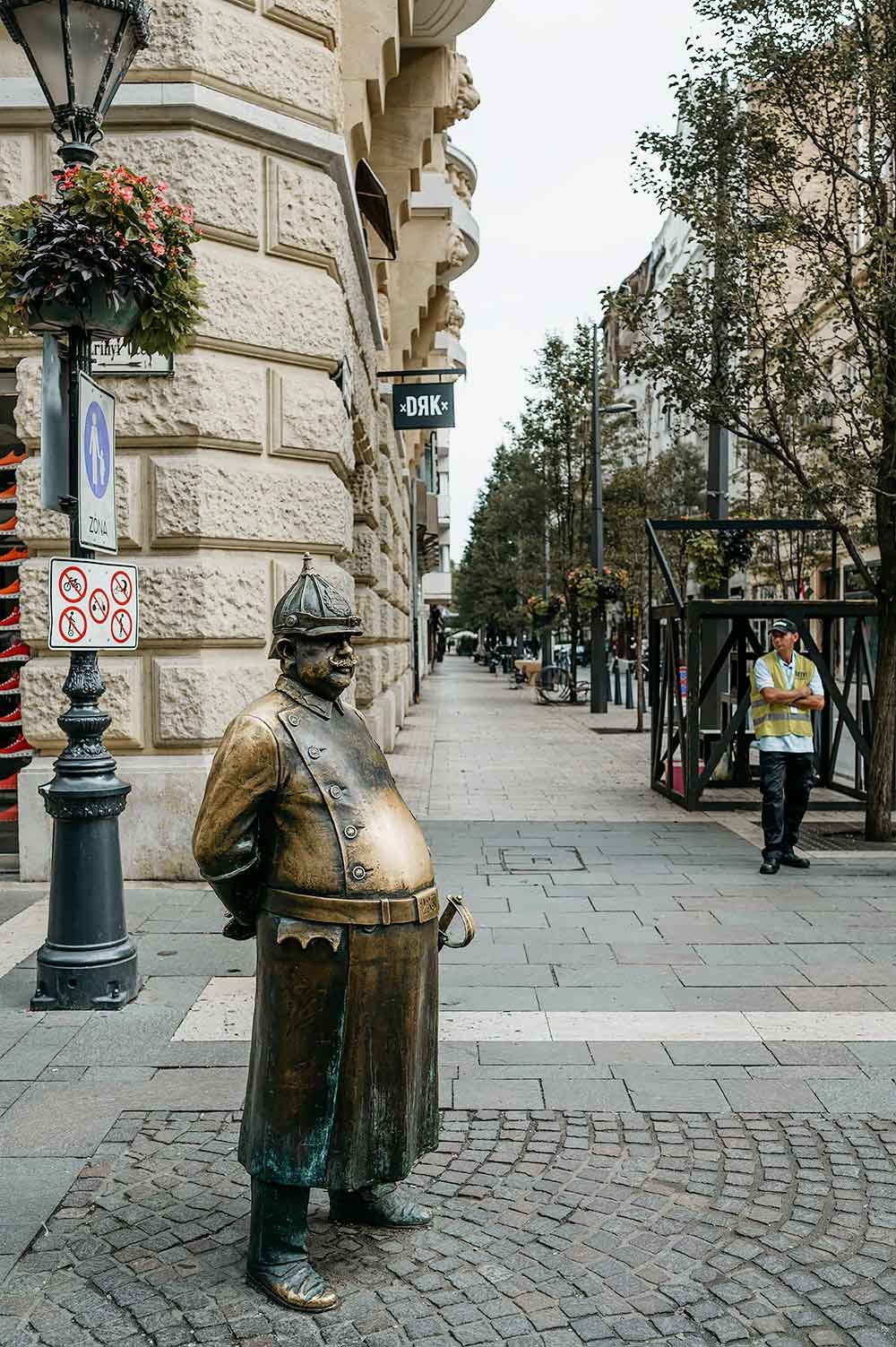
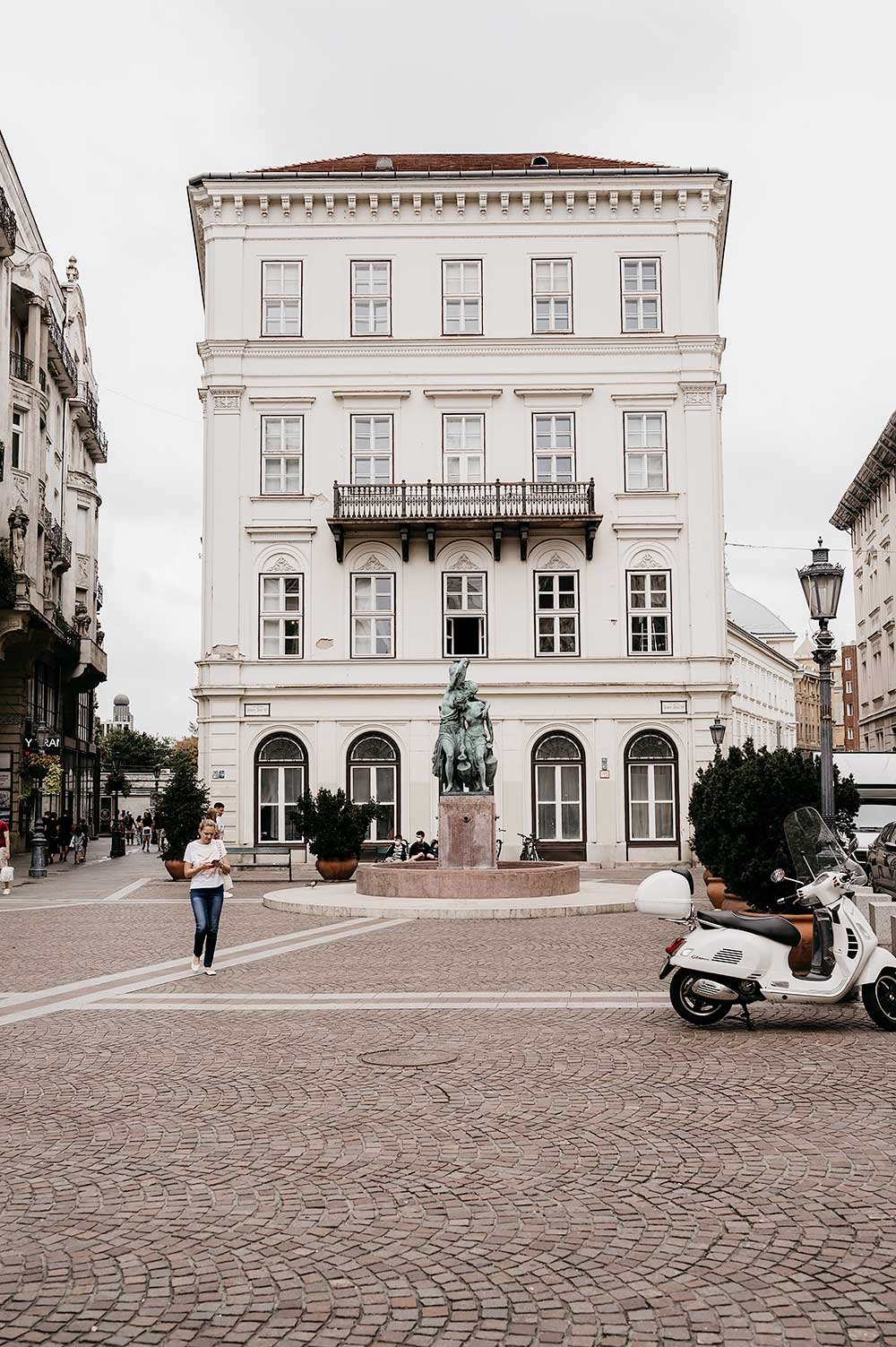
How many days do you need to see Budapest?
With three full days, you’ll have enough time to see the main sights and explore the city at a relaxed pace. I arrived Friday afternoon and flew back Monday evening, which worked out perfectly. A shorter trip is of course possible, but you’ll need to be a bit more selective with what you want to see.
Where to stay in Budapest?
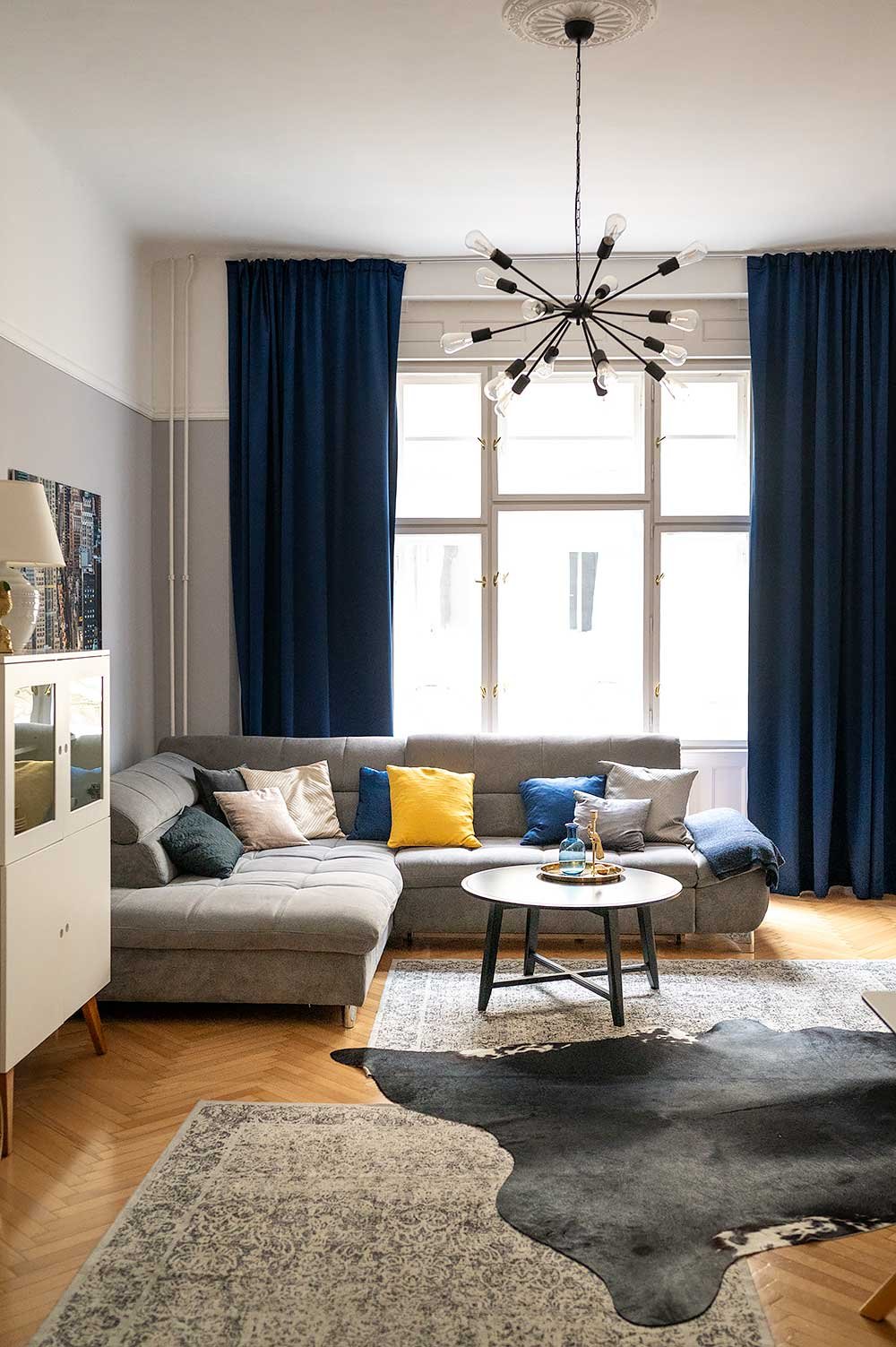
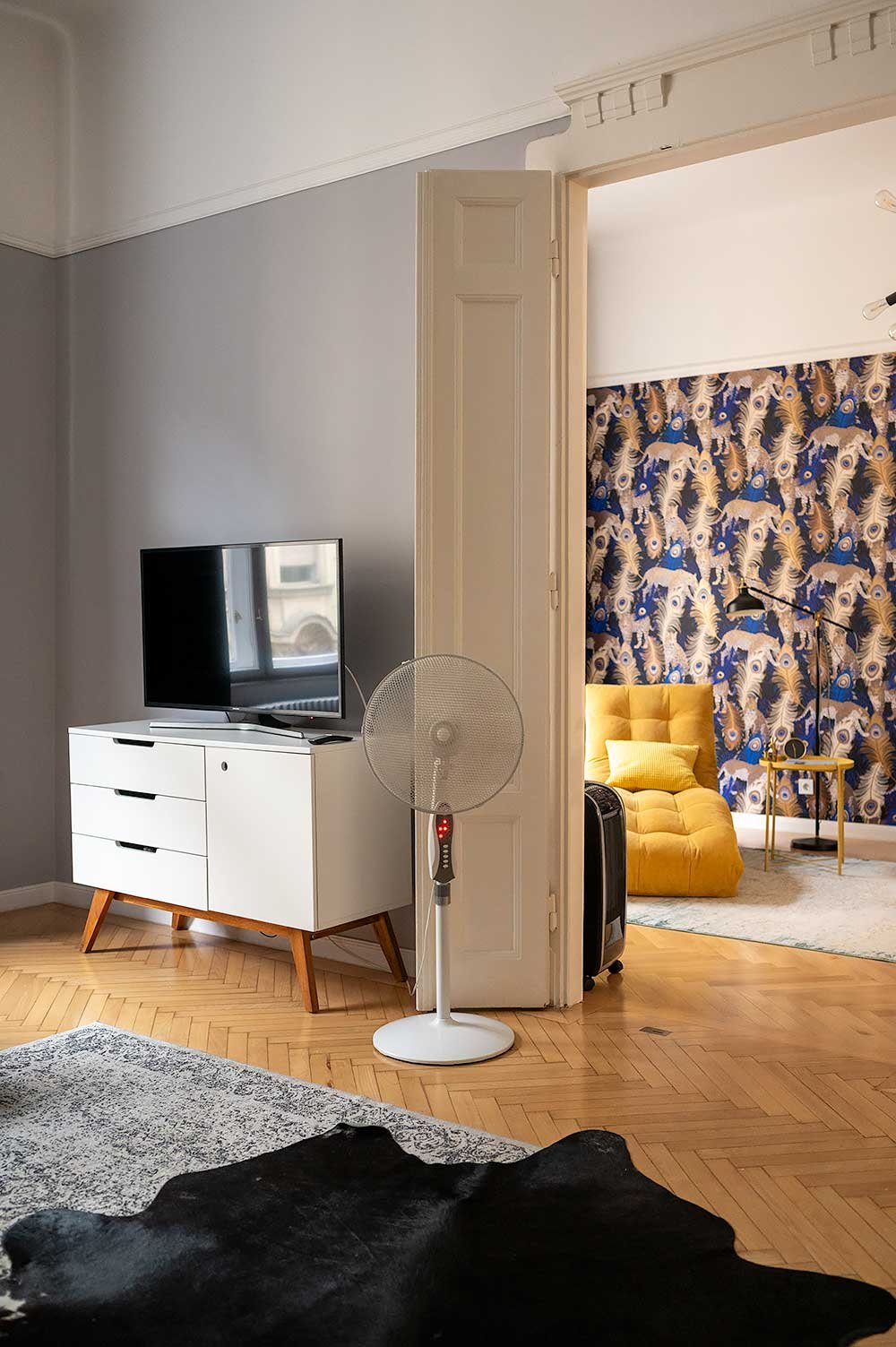
Most people stay in a hotel or Airbnb in Pest, the eastern side of the city. Some of the most popular neighbourhoods are Erzsébetváros (the Jewish Quarter, with lots of ruin bars and street art), Belváros (the central area near the Danube and Parliament), and Terézváros (a cultural district with lots of accommodation, theatres, and the elegant Andrássy Avenue). You can of course also stay on the Buda side. It’s greener and quieter, but you’ll be less centrally located for exploring the city on foot.
I stayed in a beautifully decorated, spacious apartment in Terézváros that I booked via Airbnb.
How to get from the Budapest airport to the city centre?
The easiest and fastest way is the 100E airport shuttle bus. It runs several times an hour and takes you directly into the city. The first stop is Kálvin Tér, which takes about 30 minutes, and from there you can continue by public transport. The final stop is Deák Ferenc Tér.
You can buy a ticket from the machine (located outside near the bus) or on the bus if there’s no machine at the stop (for example on the way back). A ticket costs HUF 1500 (about €3.50). Important to know: other tickets, like the daily public transport pass, are not valid on this bus.
A taxi or Bolt (Hungary’s version of Uber) is also an option, but expect to pay around €25–30.
Best way to get around Budapest with public transport
Budapest has a well-organised public transport network of metro, trams, and buses. If you plan to do a lot in one day, a 24- or 72-hour pass is both convenient and cost-effective. Don’t forget to validate your ticket before using it for the first time!
When is the best time to visit Budapest?
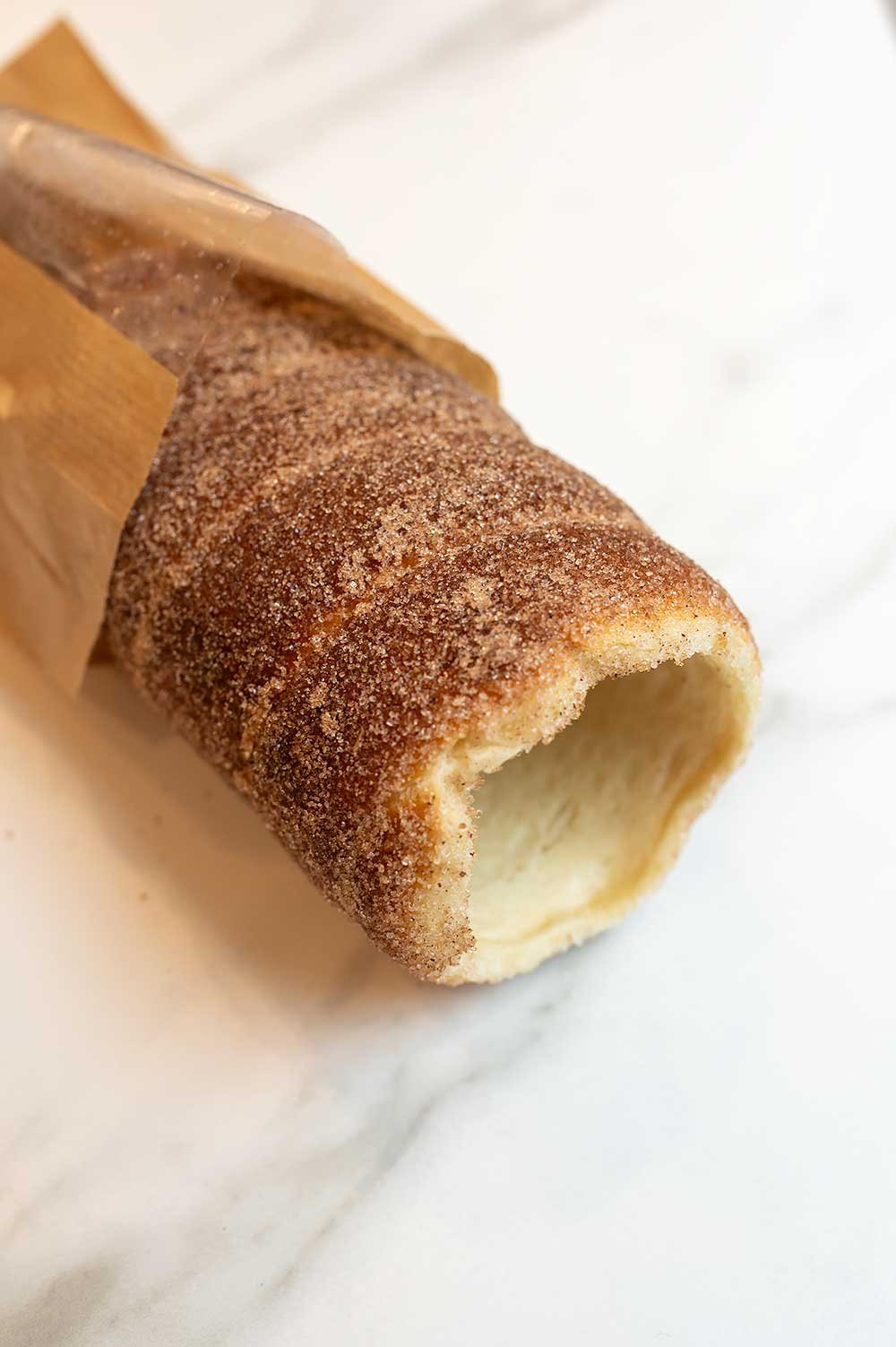
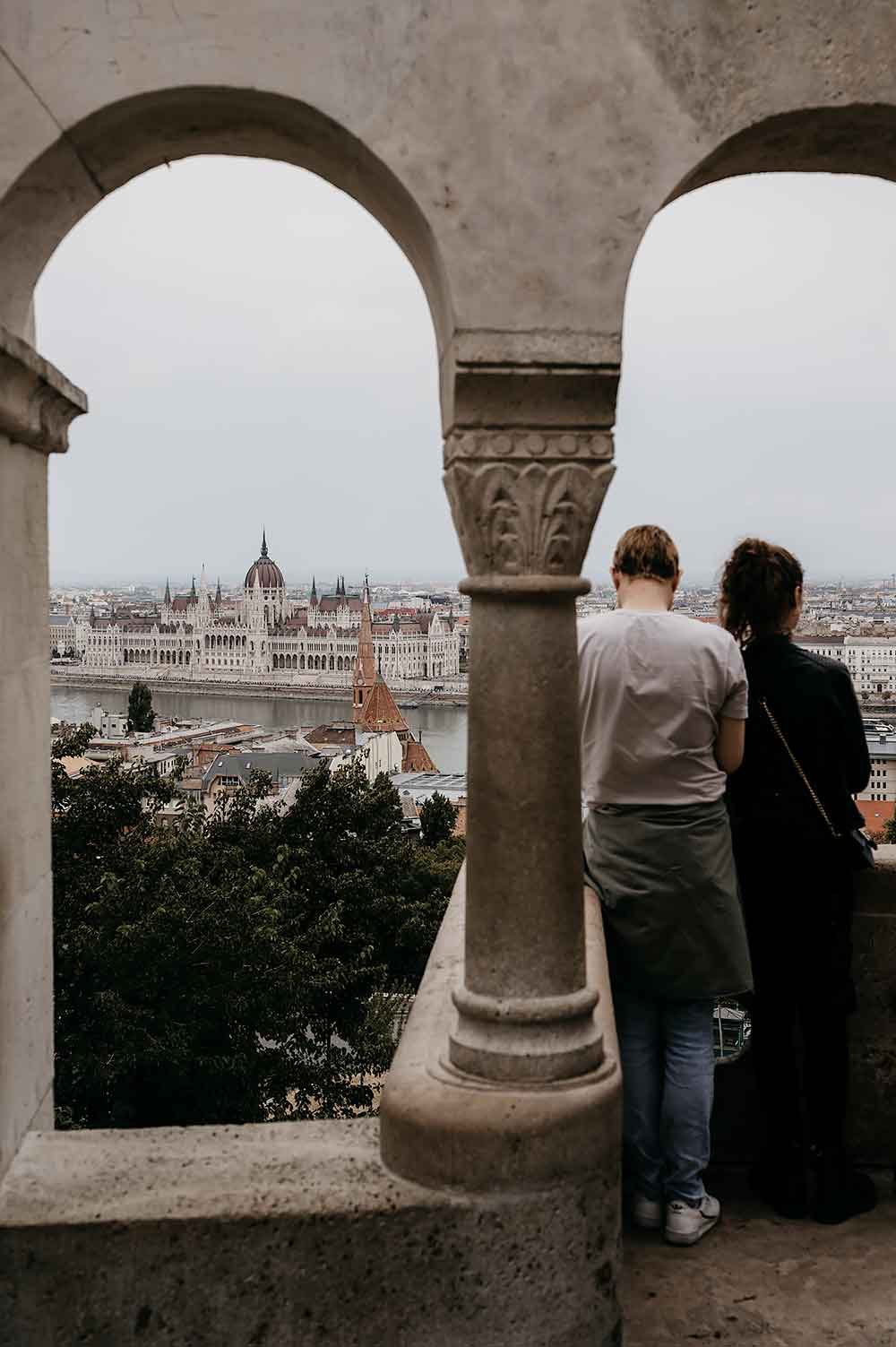
The best time to visit Budapest is in spring (April–May) or autumn (September–October). The weather is pleasant and it’s less crowded than in summer. Winter with its Christmas markets is also nice, but it does get cold. Summer can be hot, with temperatures above 30°C. However, I was there in August and had anything but good weather—so nothing’s guaranteed.
How do you pay in Budapest?
Hungary uses the Hungarian Forint (HUF). Most shops, restaurants and museums accept debit and credit cards, but it’s still a good idea to carry a bit of cash for things like local markets or street food. ATMs are easy to find throughout the city.
Personally, I use Wise to pay easily, quickly, and affordably in local currency. You exchange money in advance in the app at the actual exchange rate, and with the Wise card you can pay as if you’re using a local bank card—super handy when travelling.
Are shops and museums open on Sundays in Budapest?
Most shops in the city centre are open on Sundays, though hours may be more limited. Large shopping areas are usually open seven days a week. Many museums are closed on Mondays, so plan accordingly if there’s something specific you’d like to see.
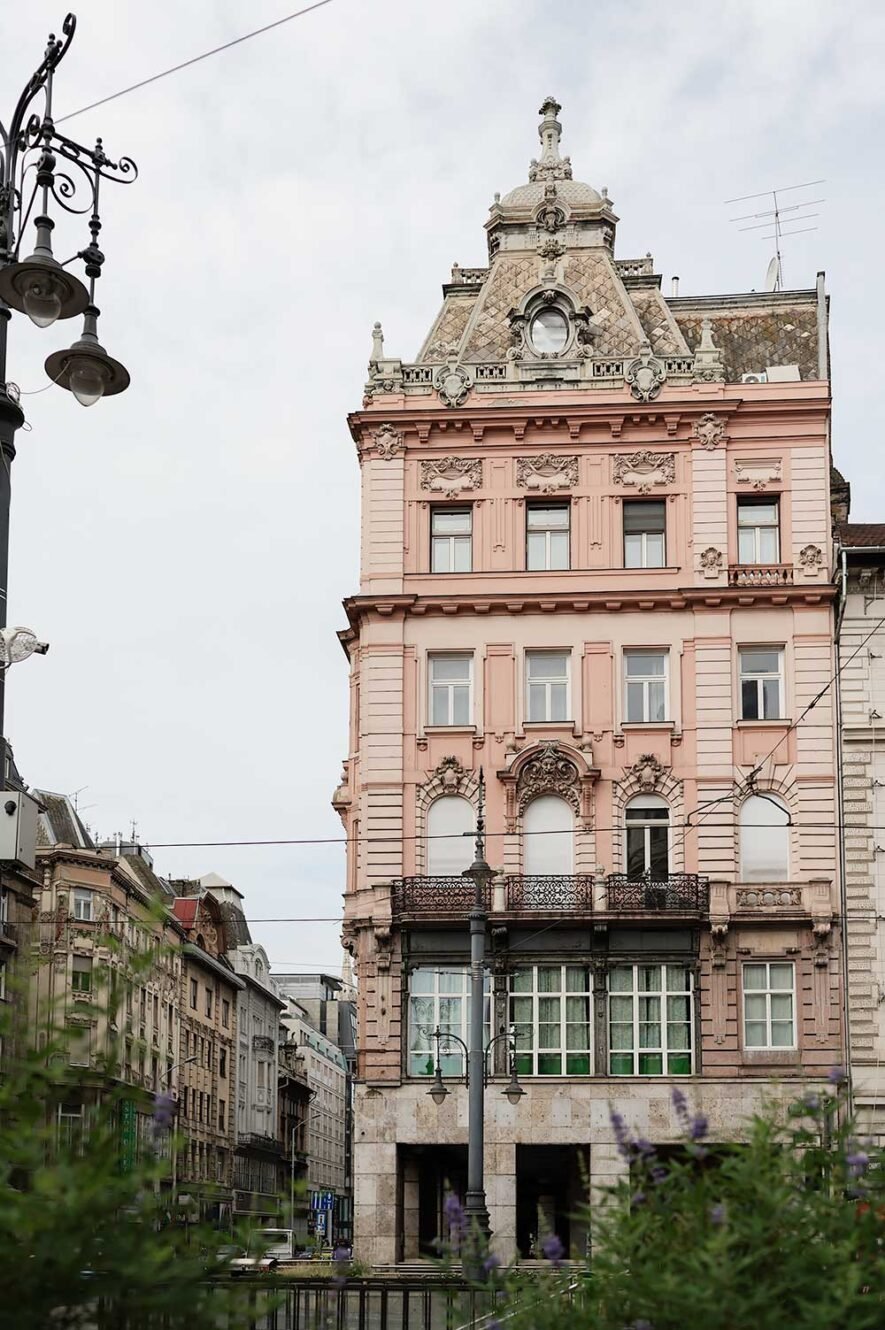
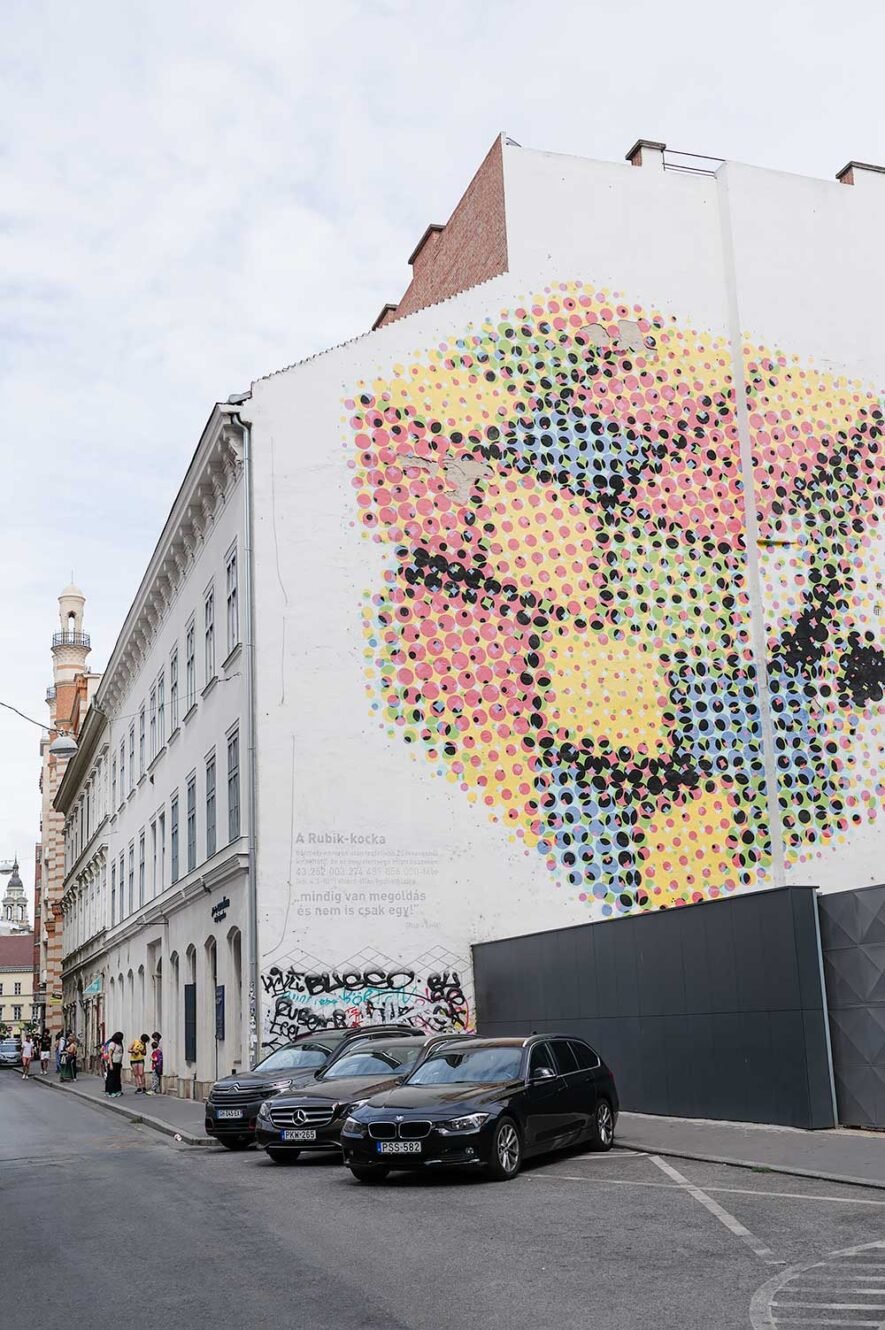
This article contains affiliate links, which means that I may receive a small commission – at no additional cost to you – if you decide to make a purchase through these links. More information about how I use affiliate marketing can be found in the Disclaimer.


